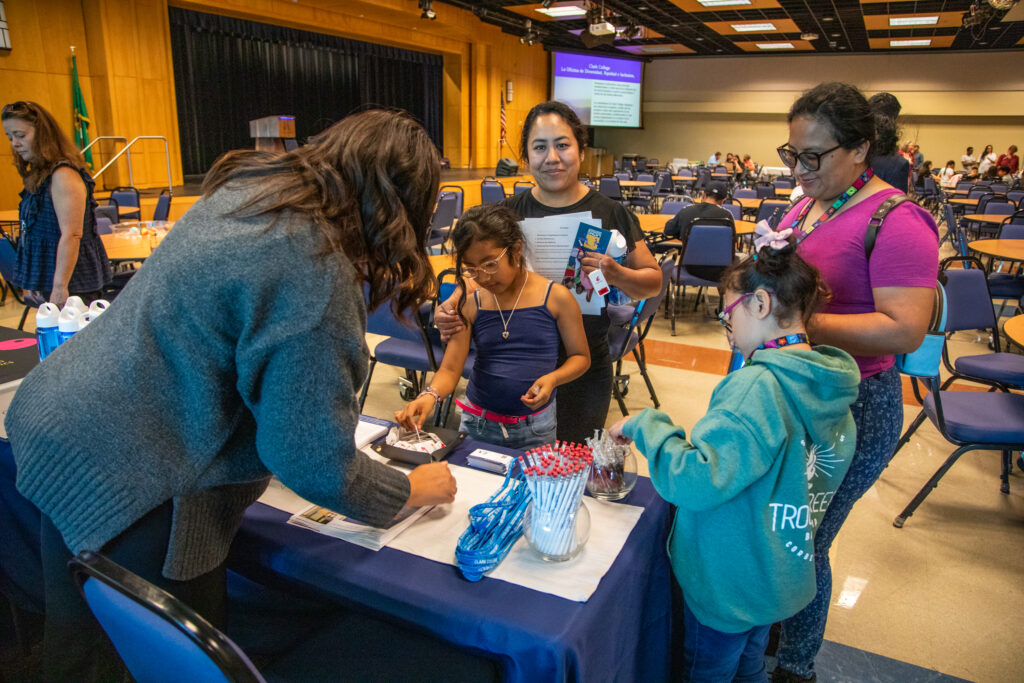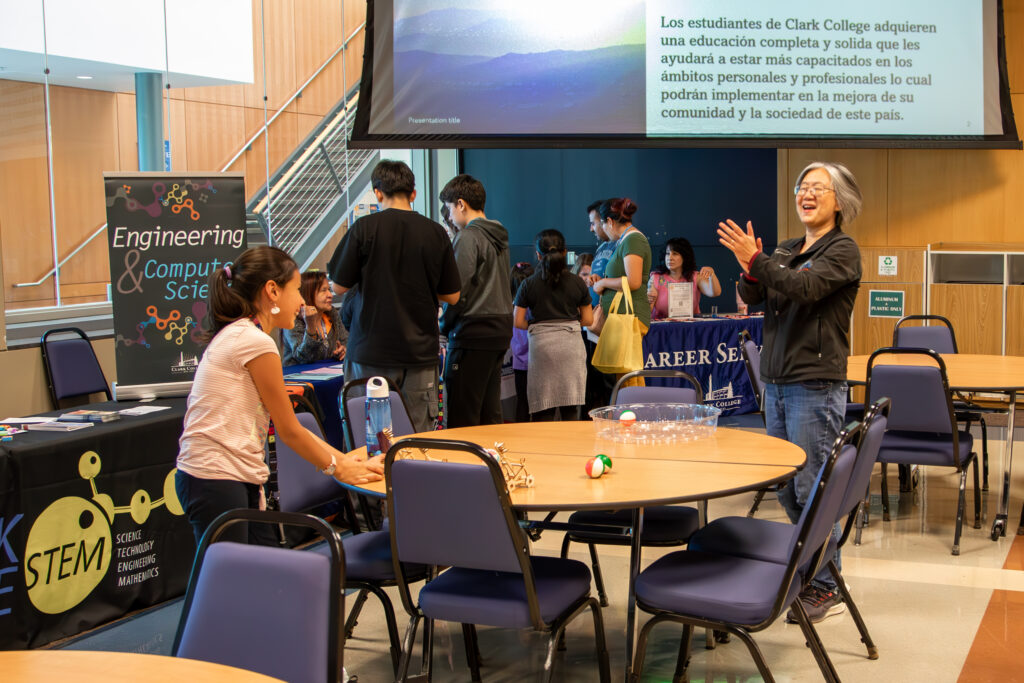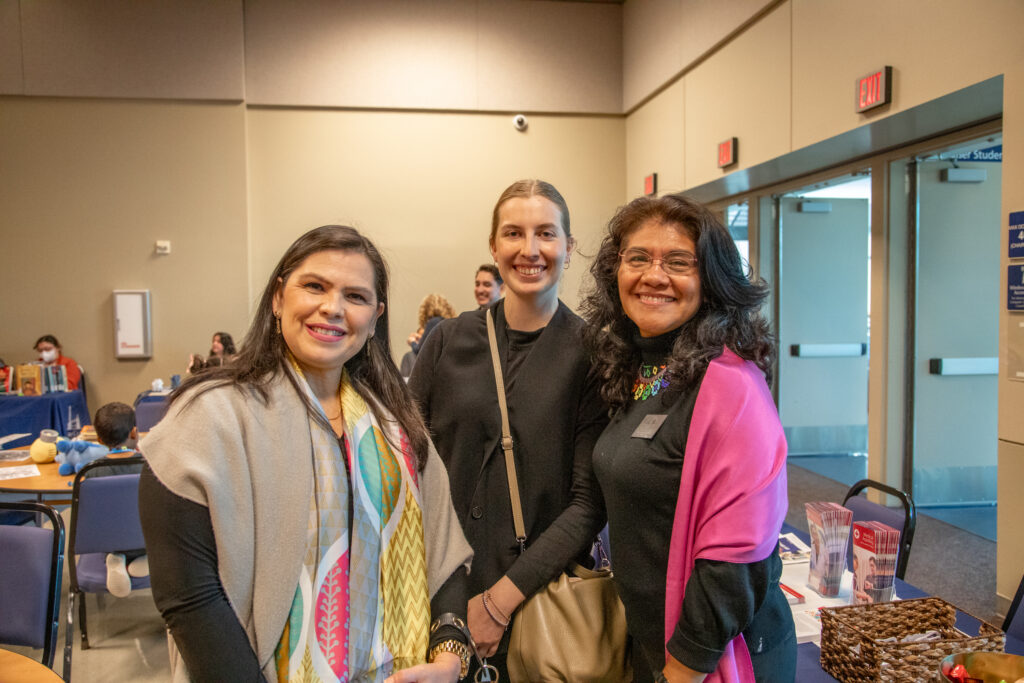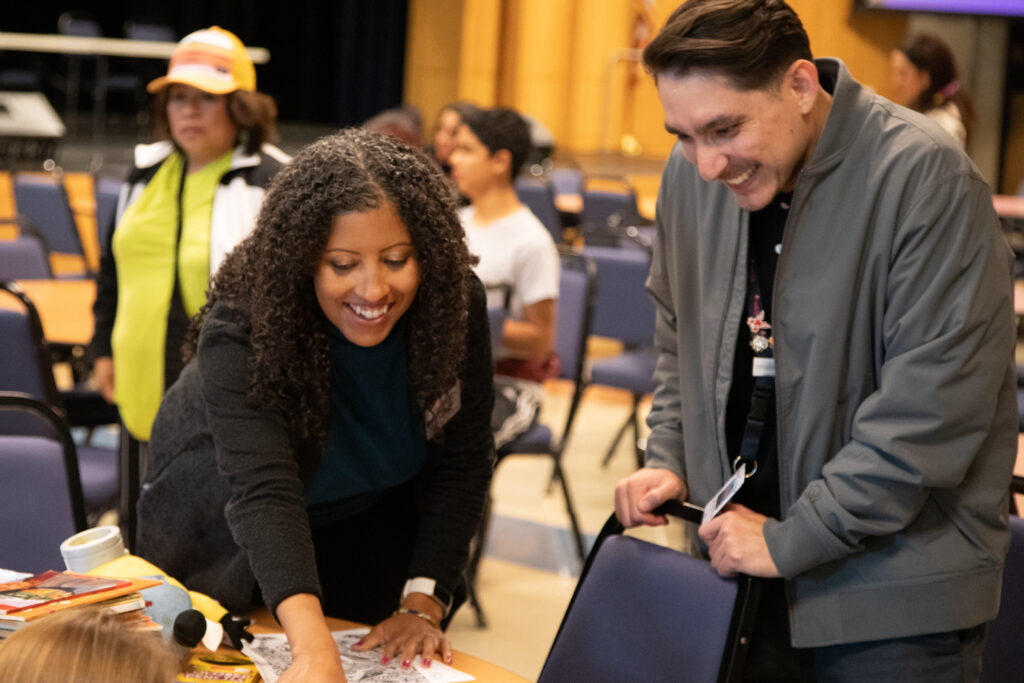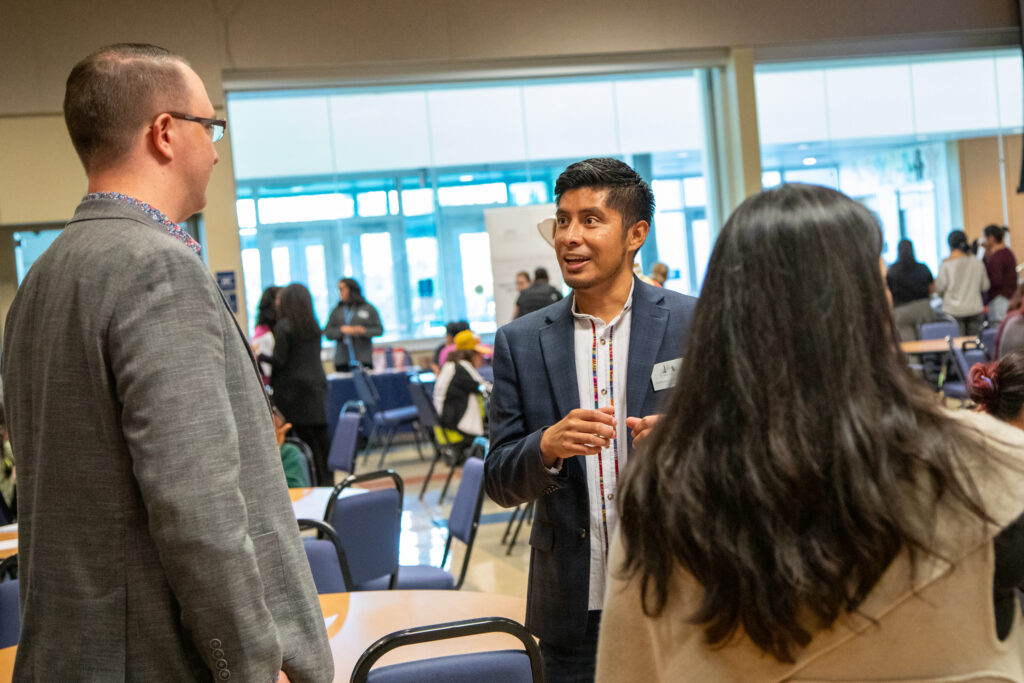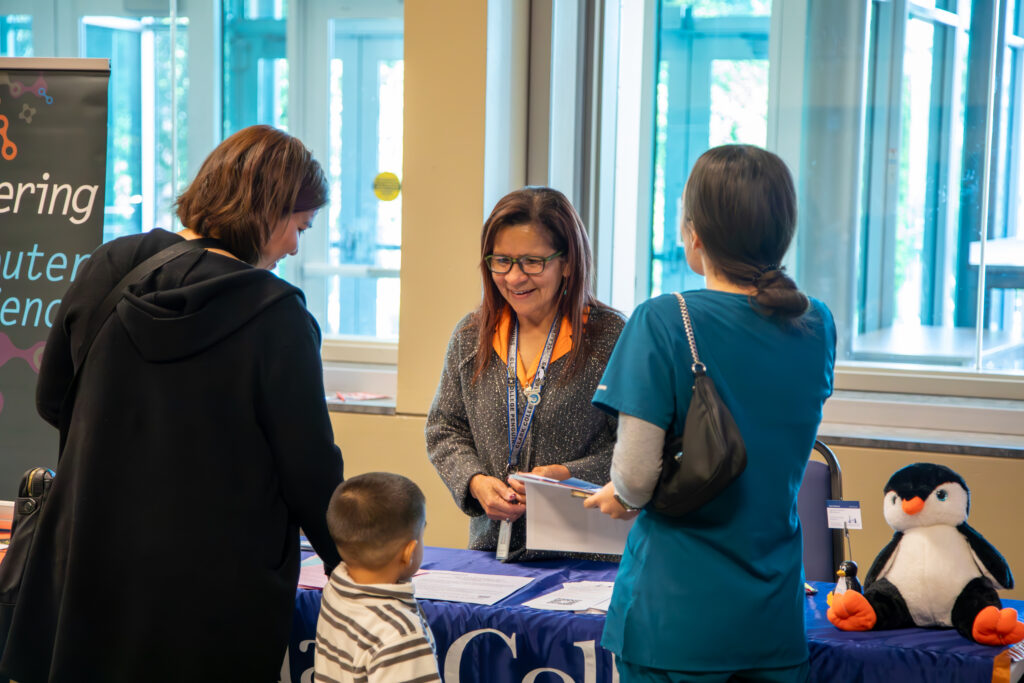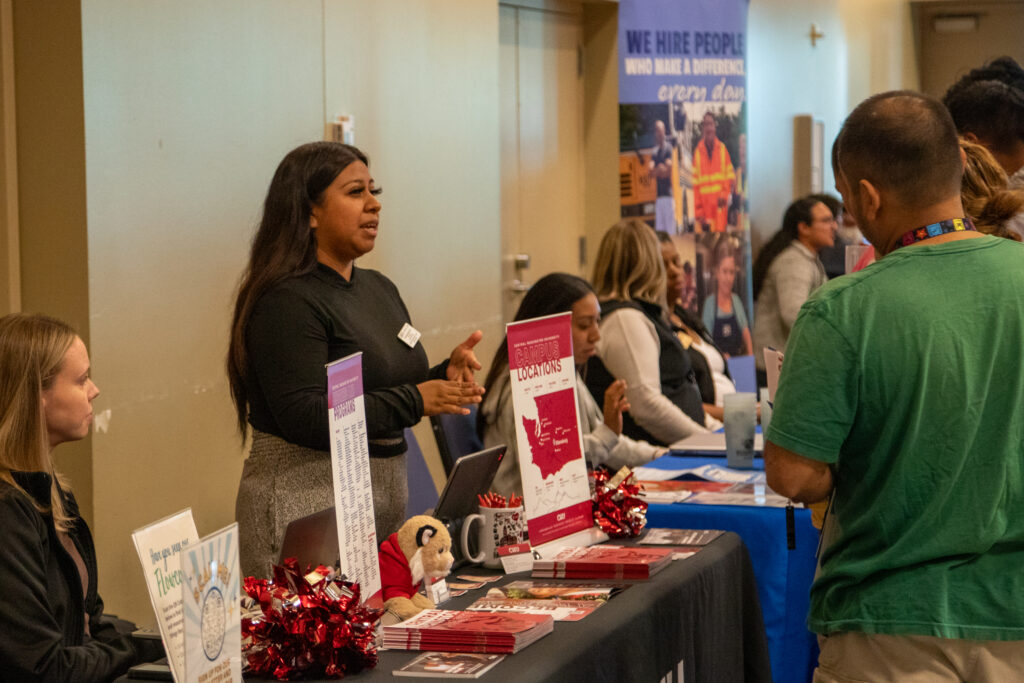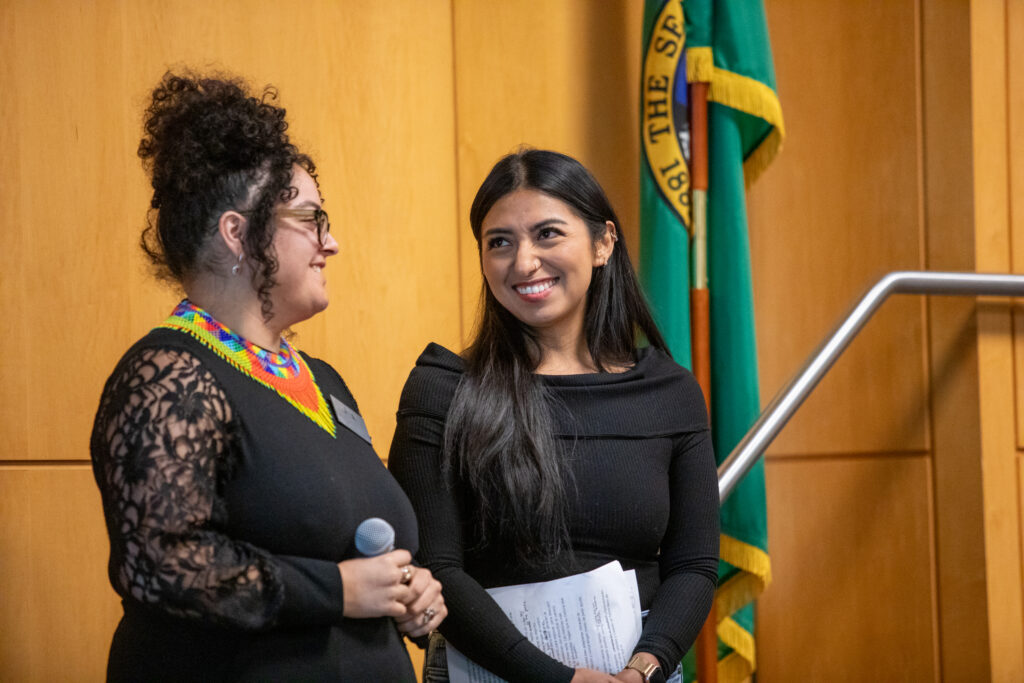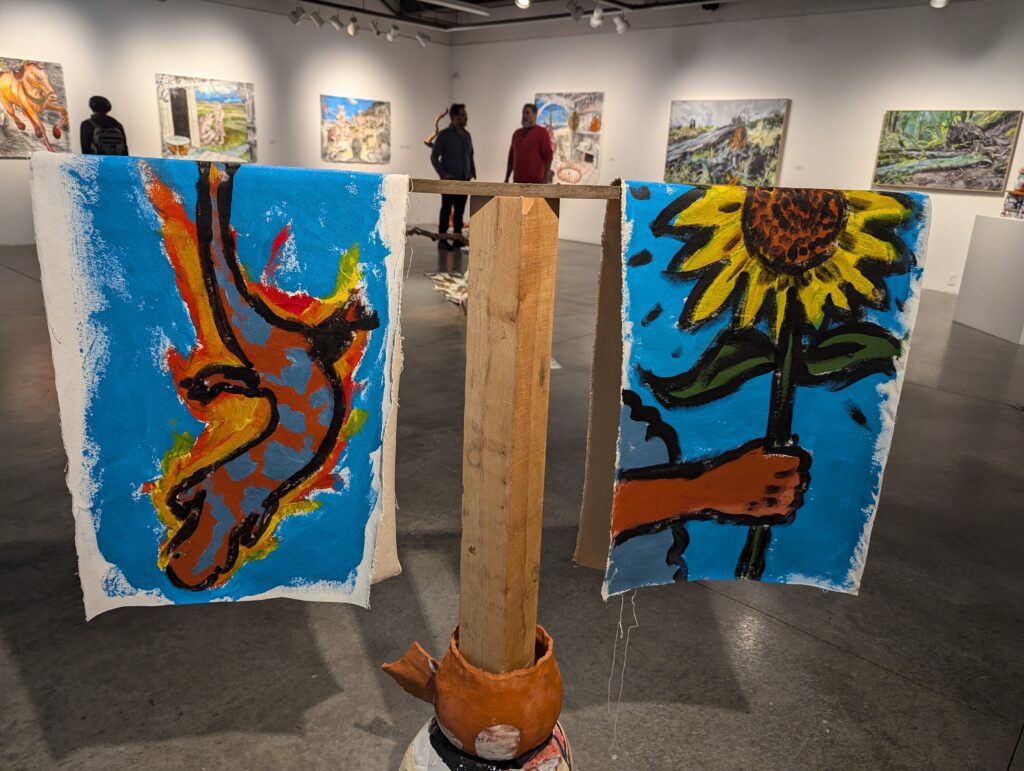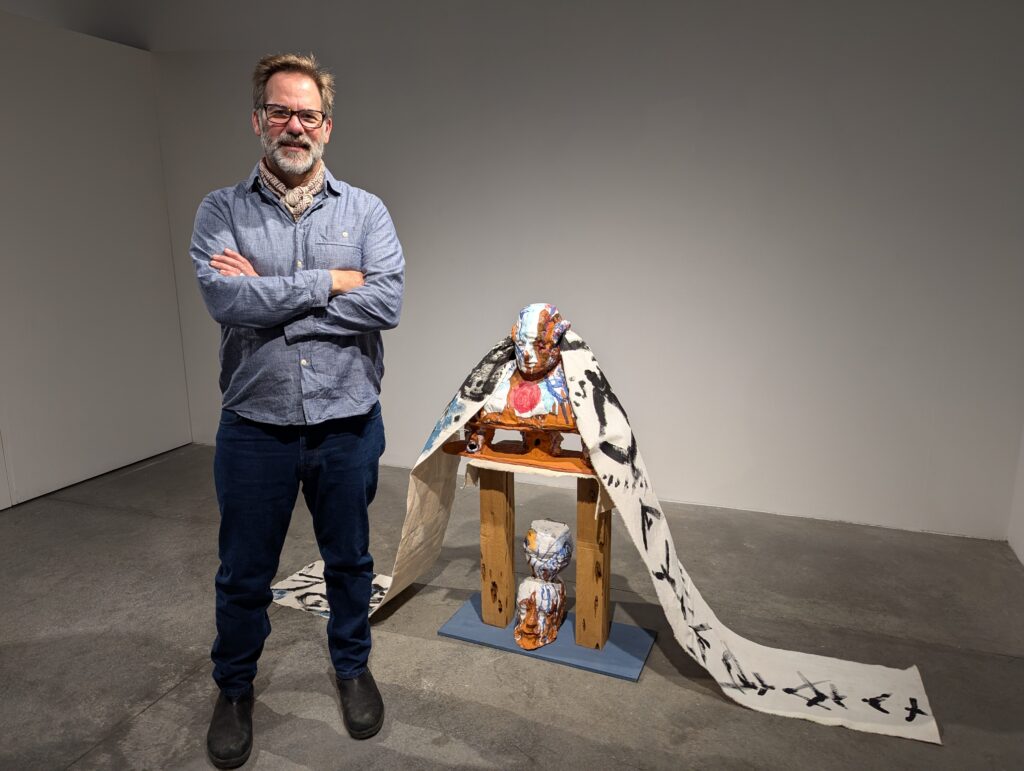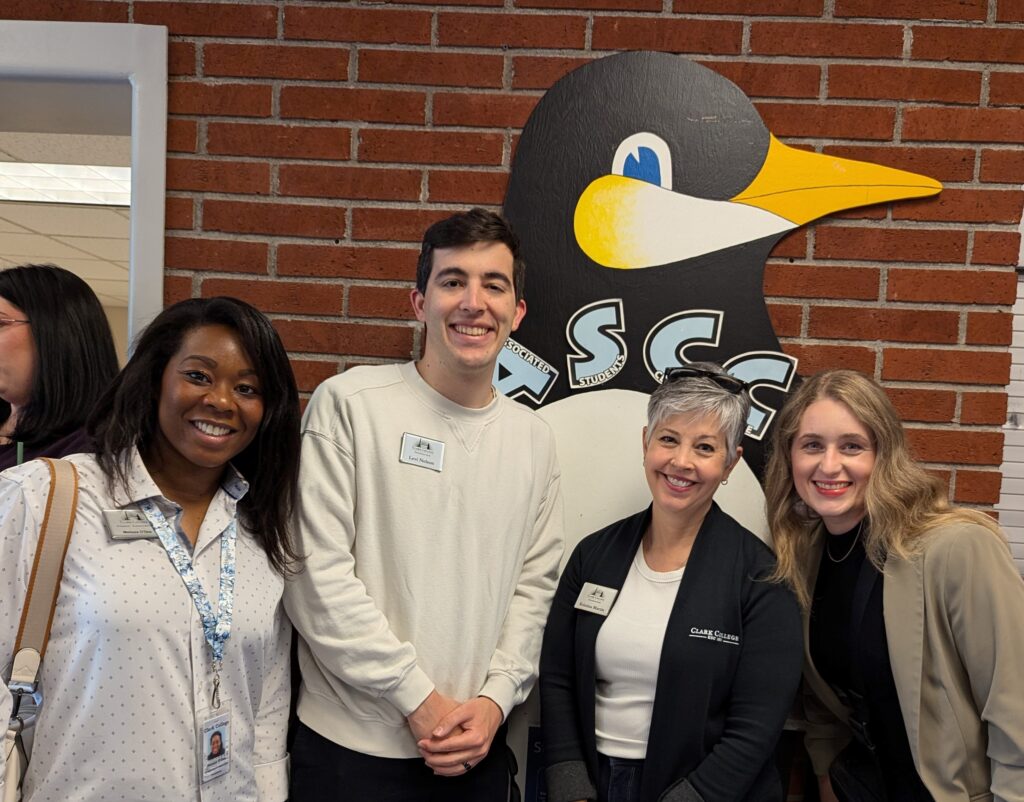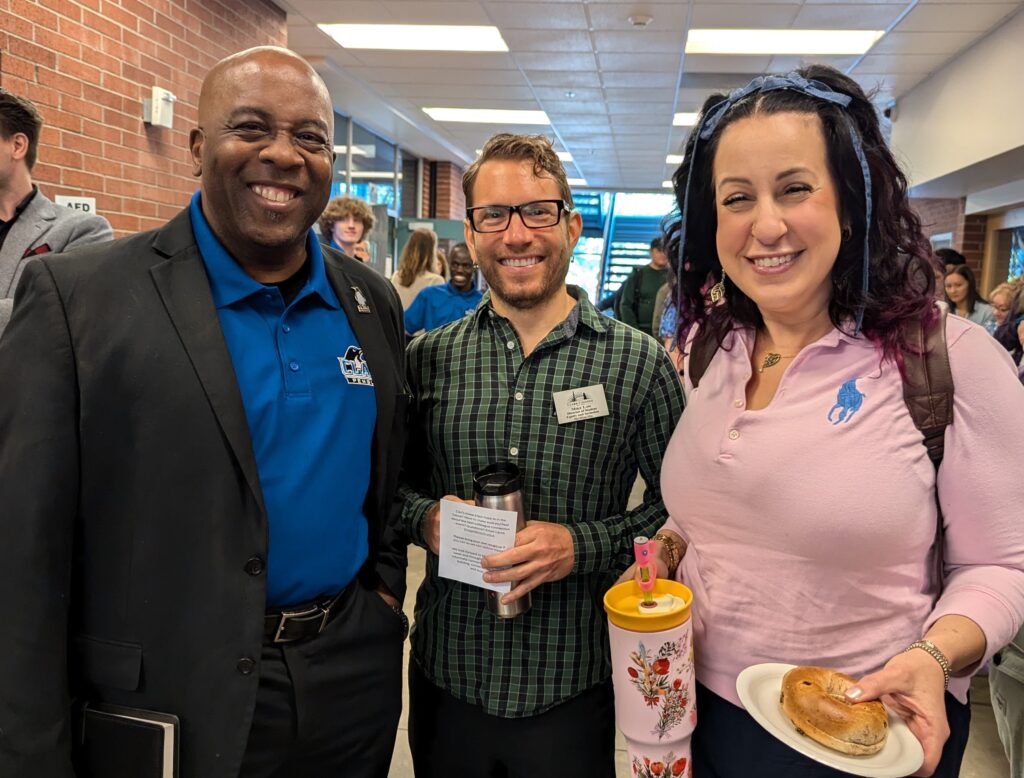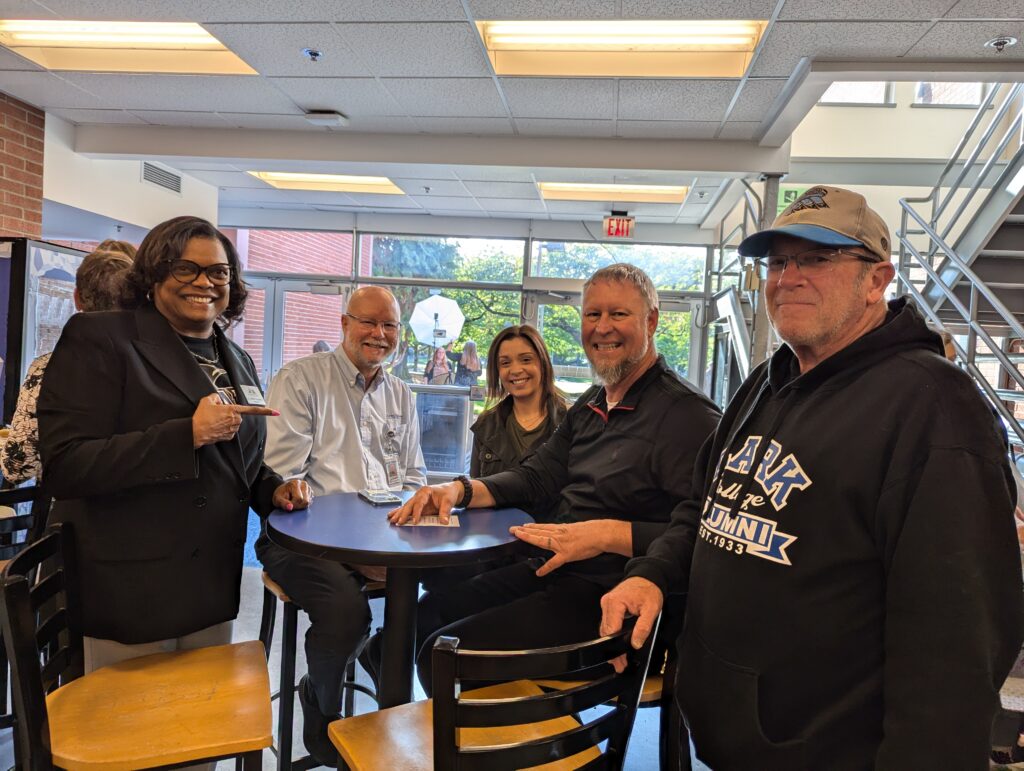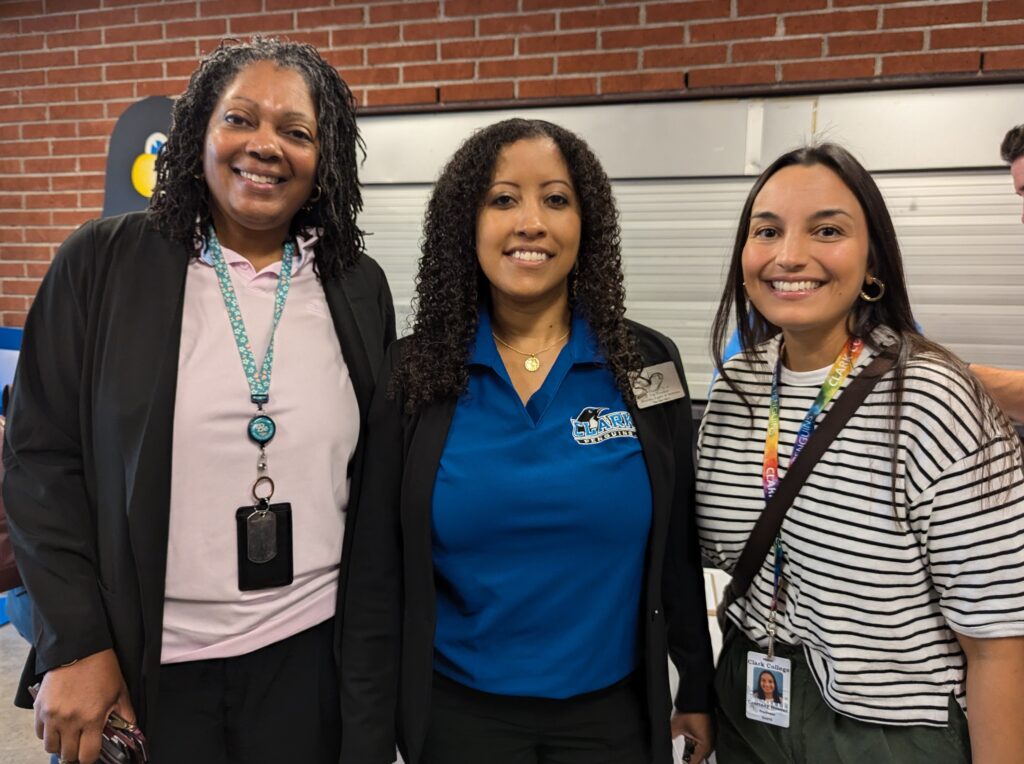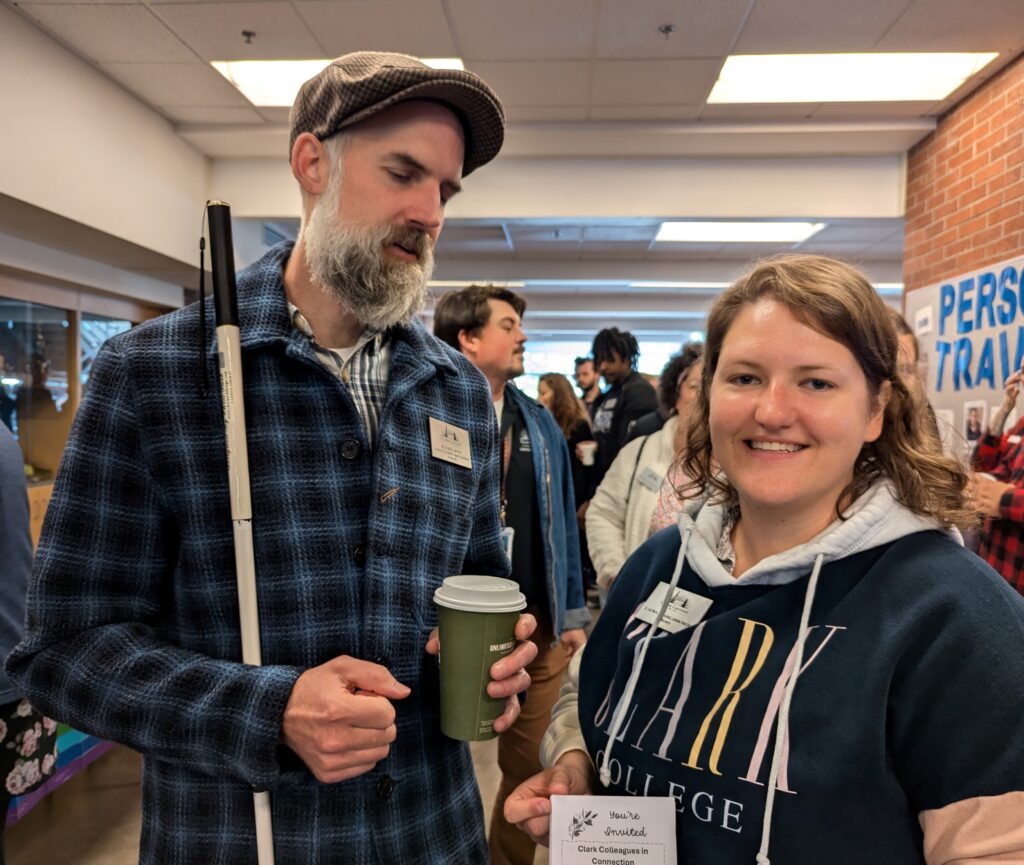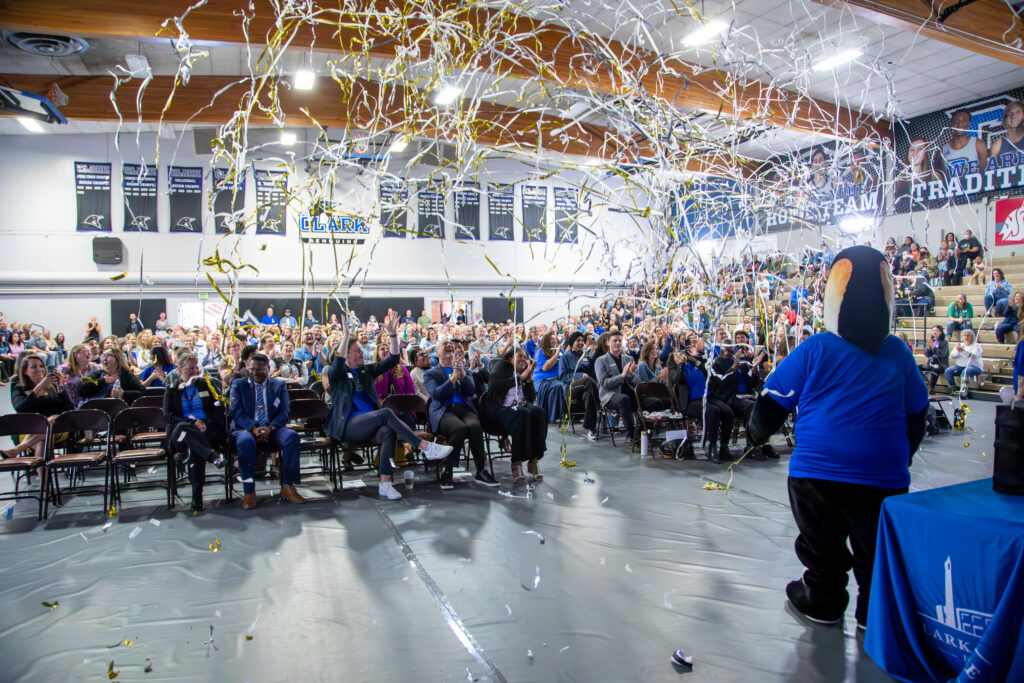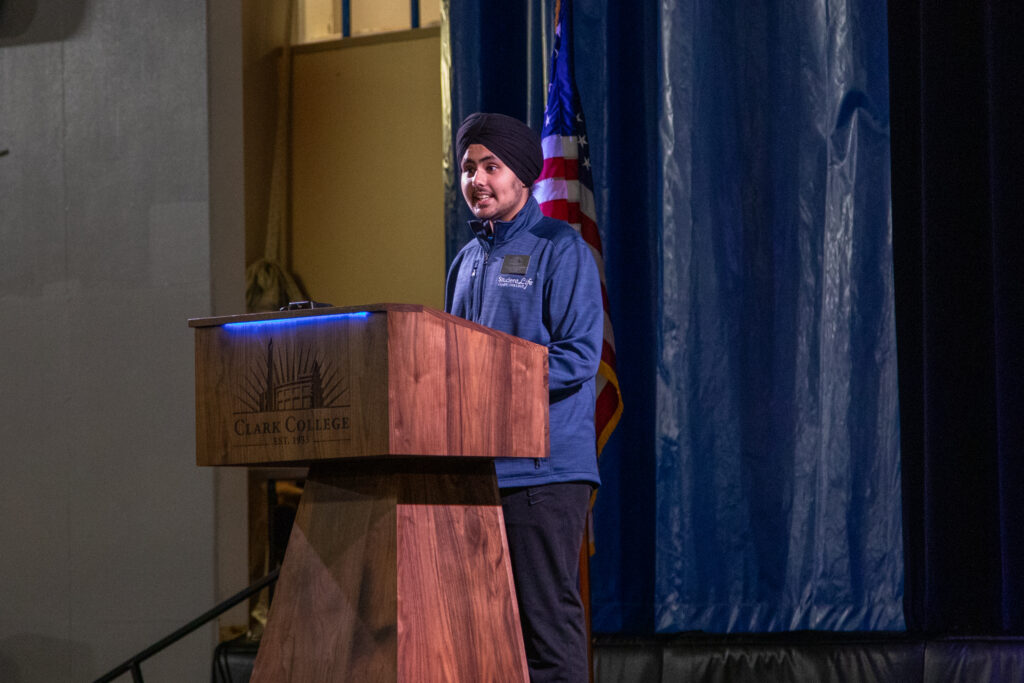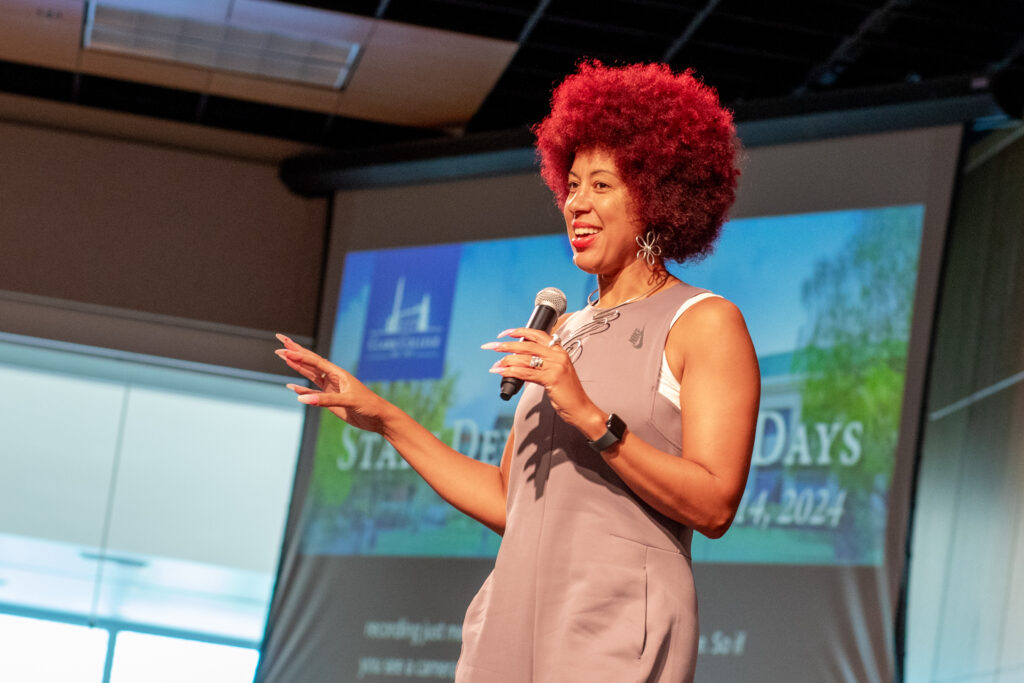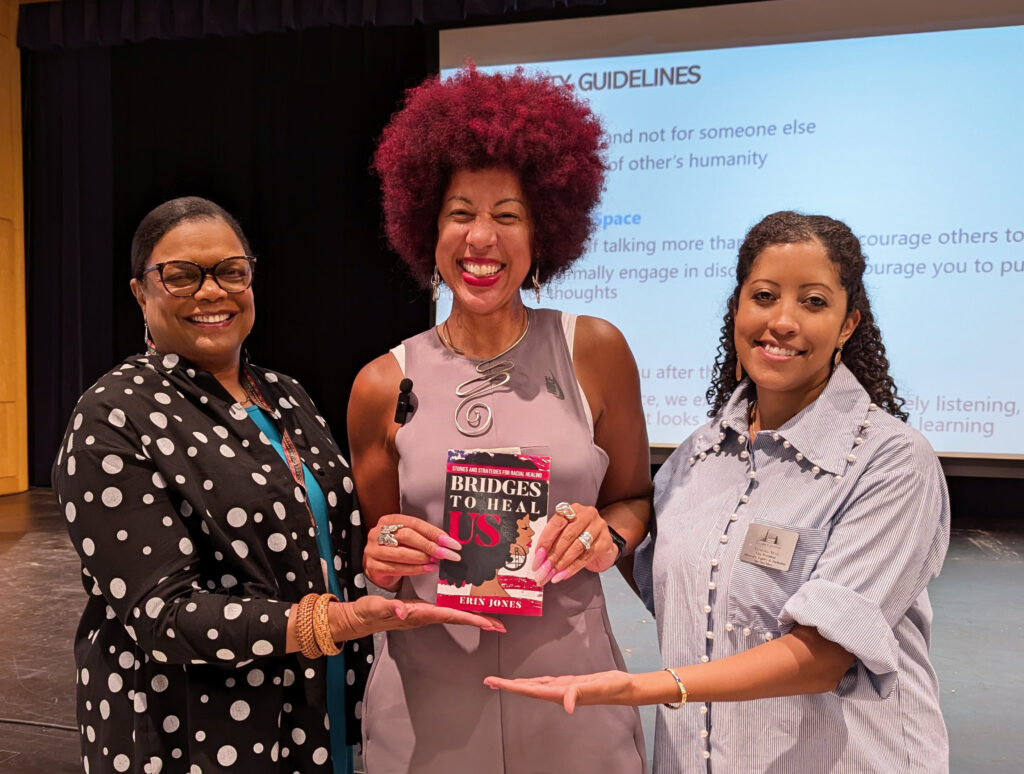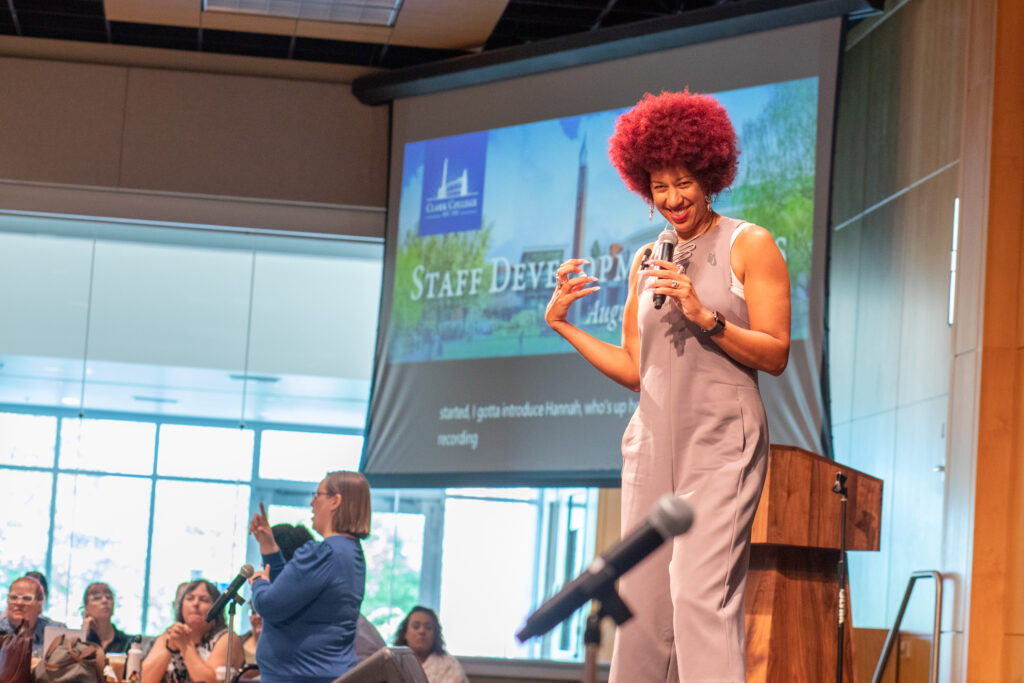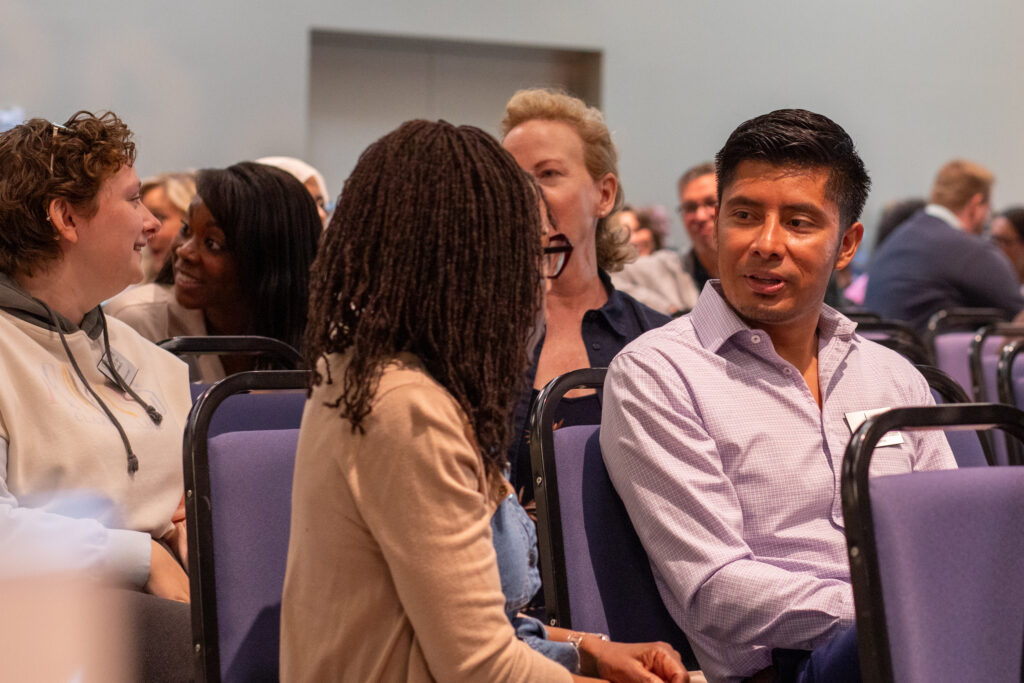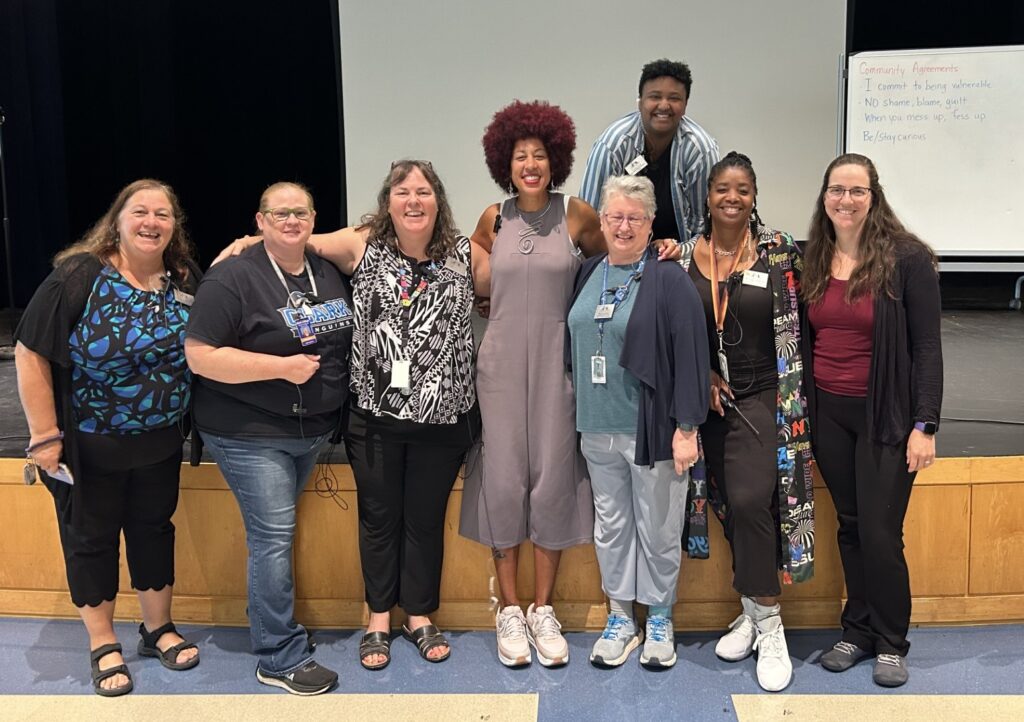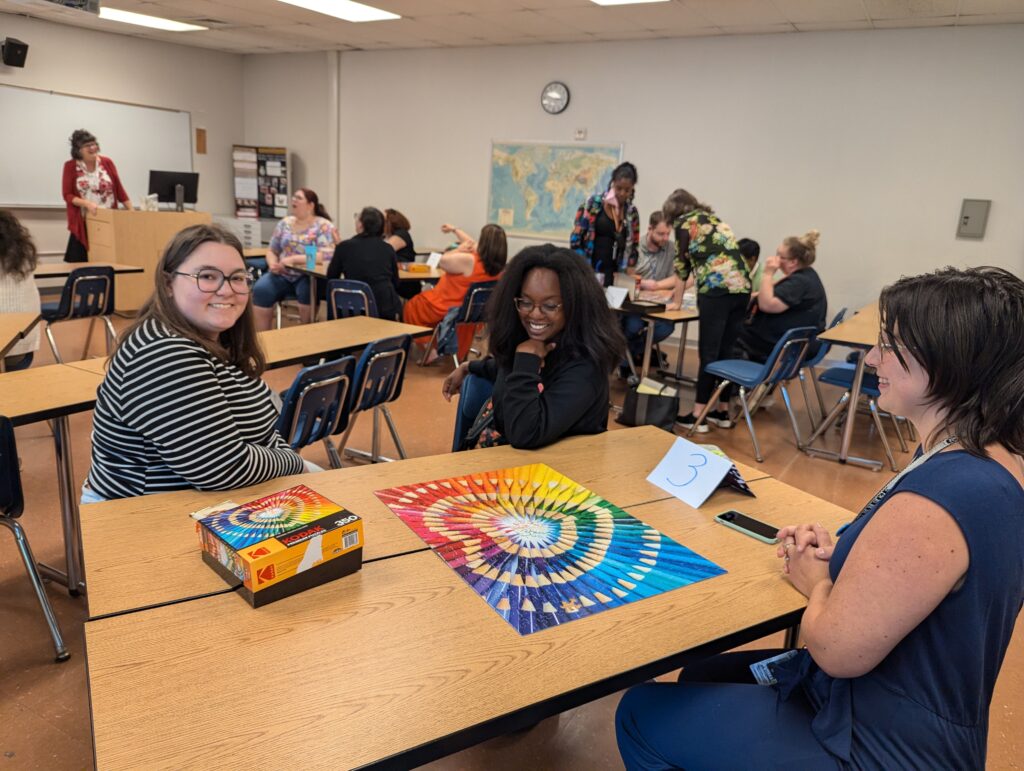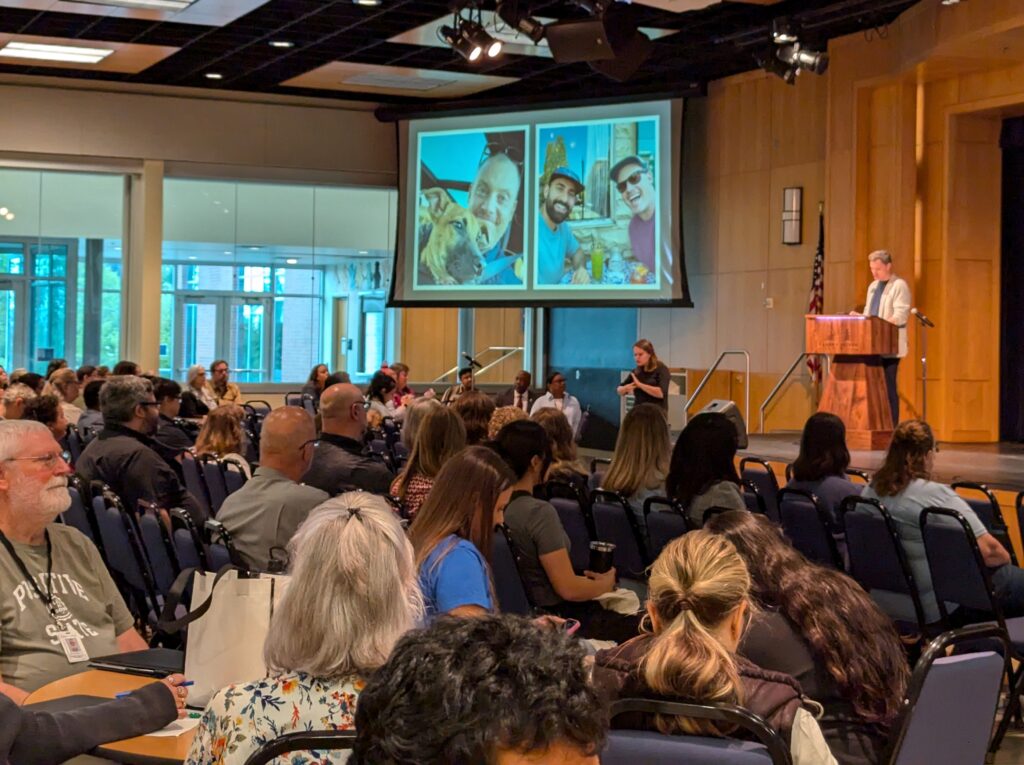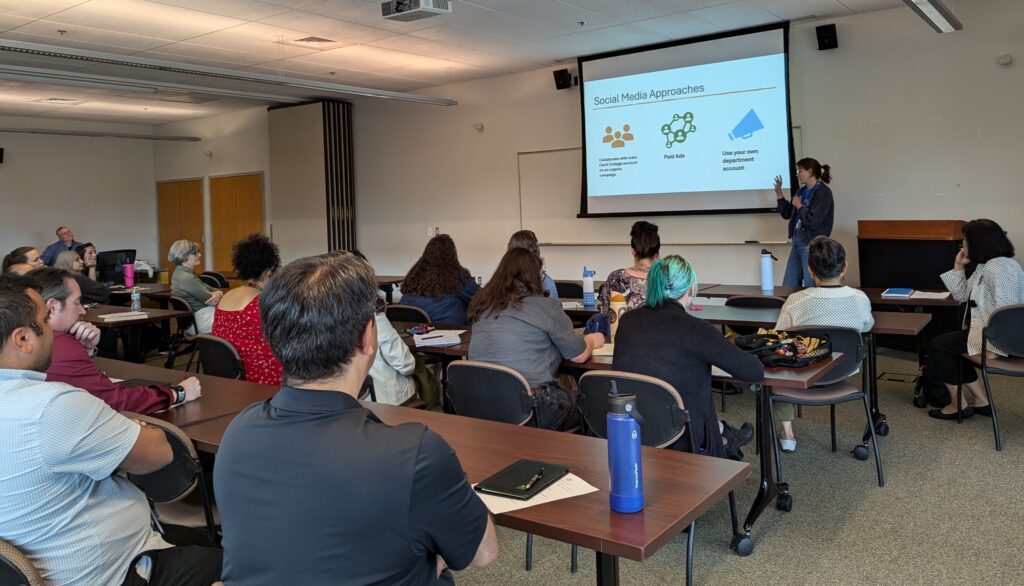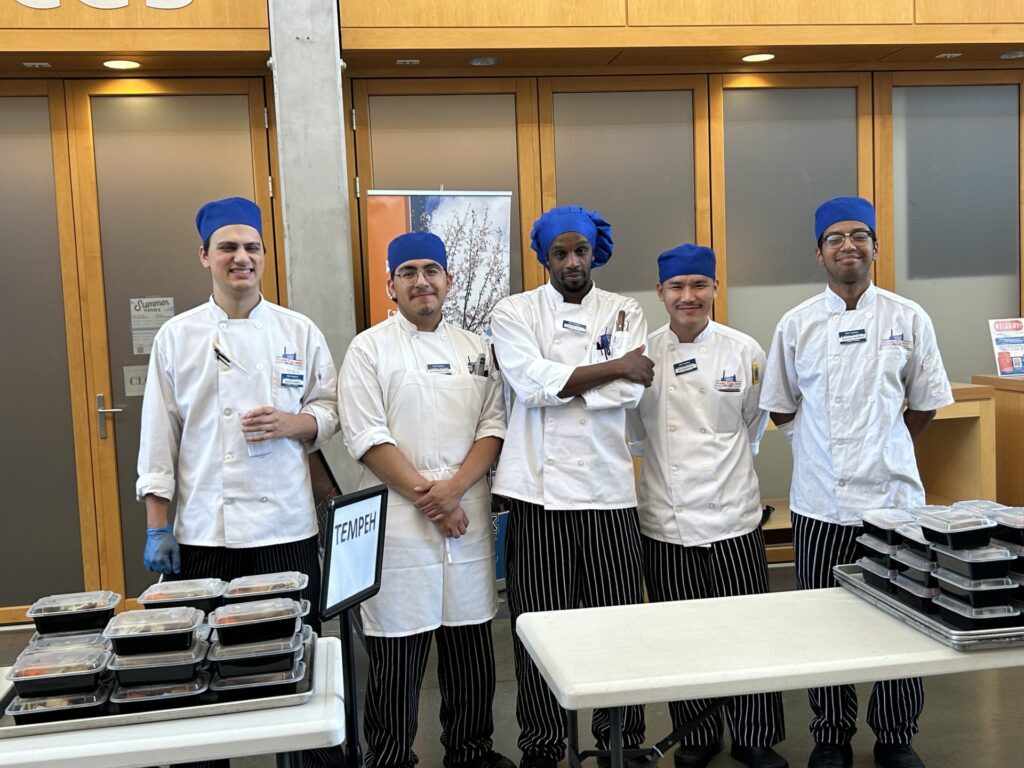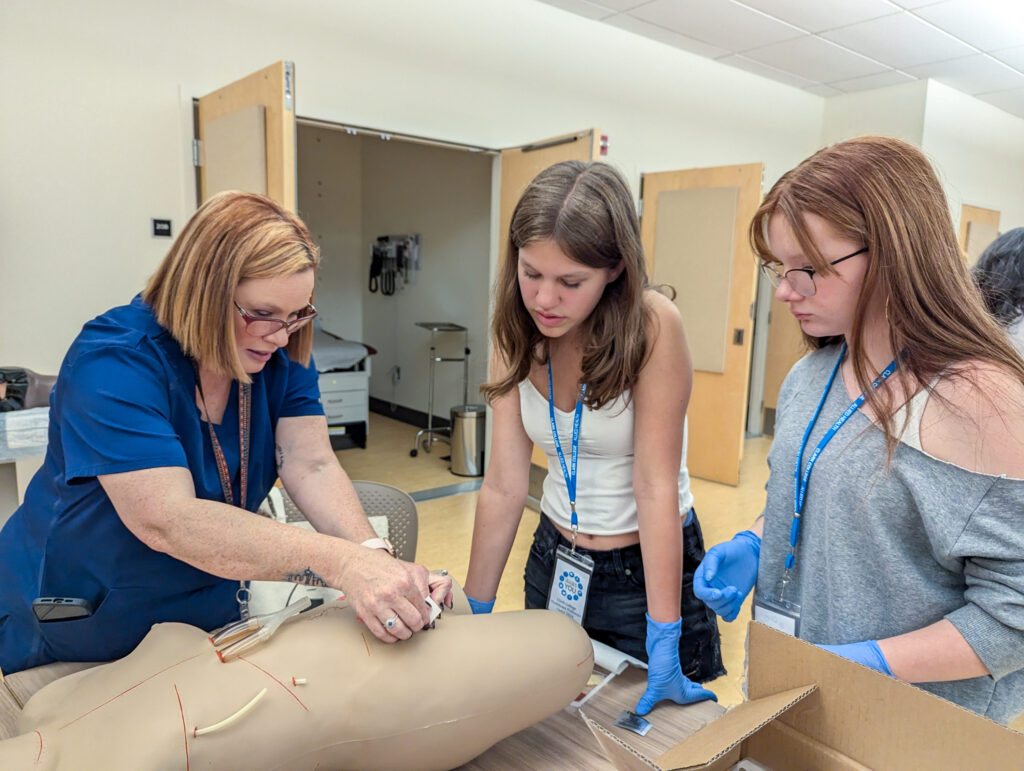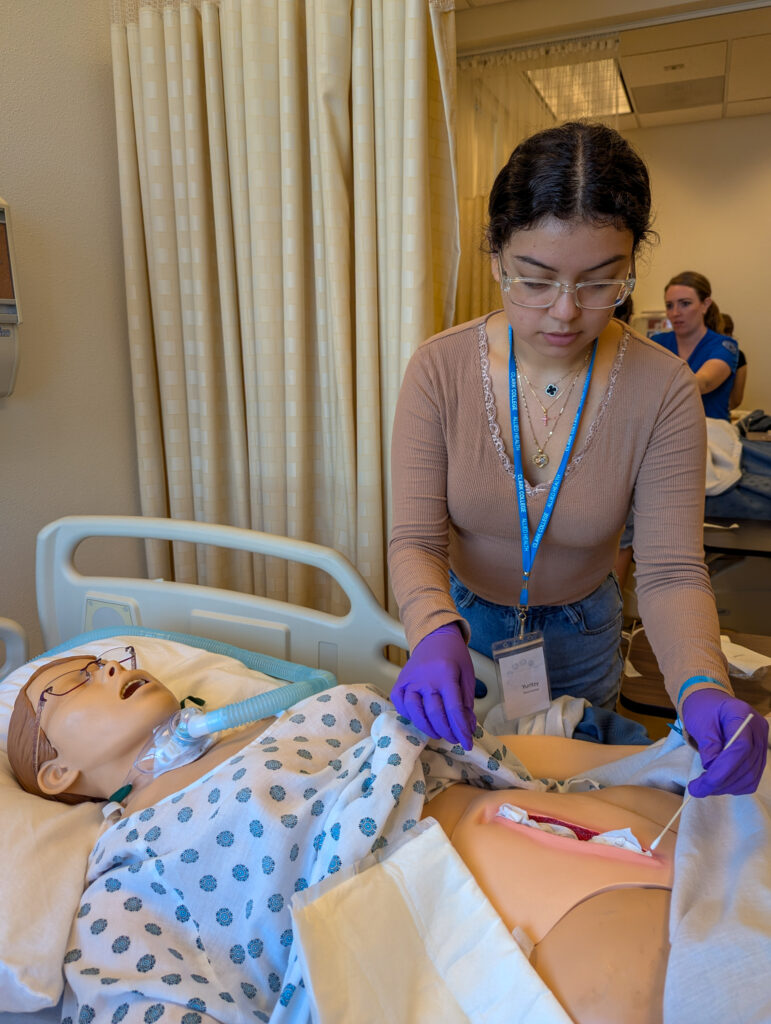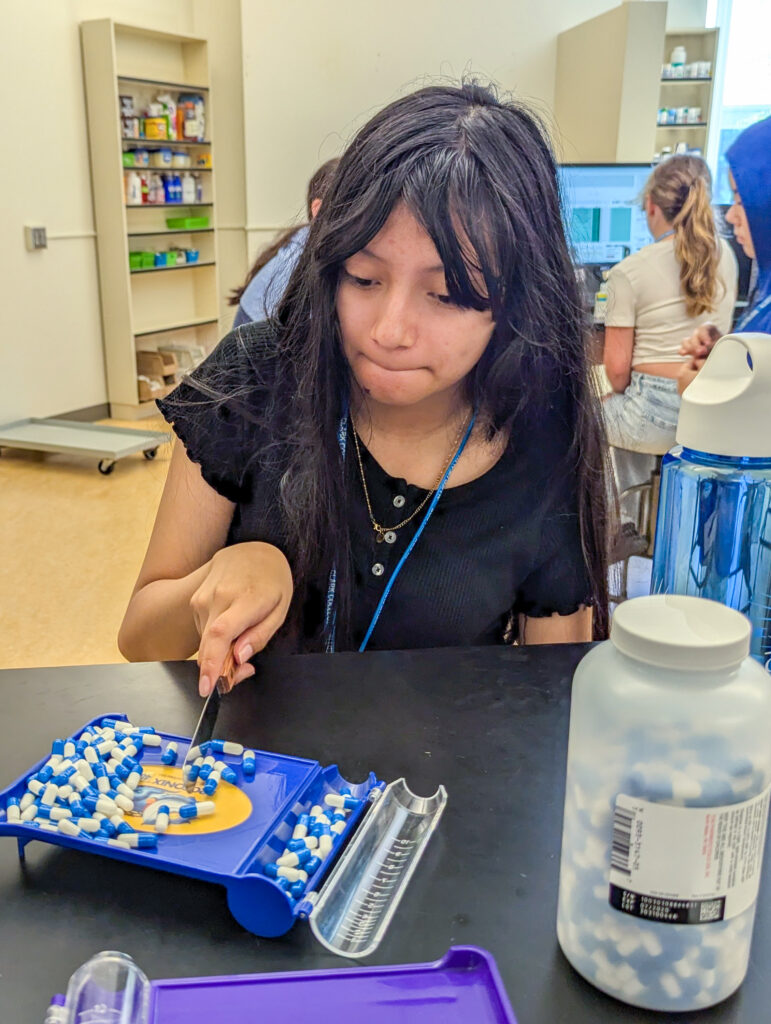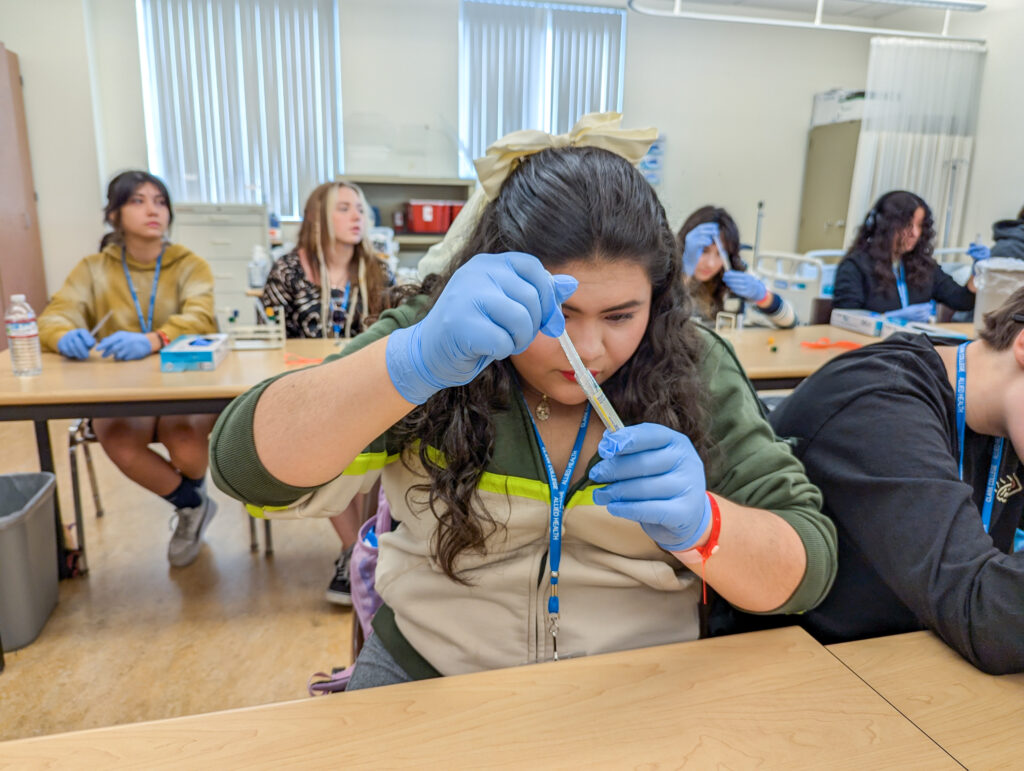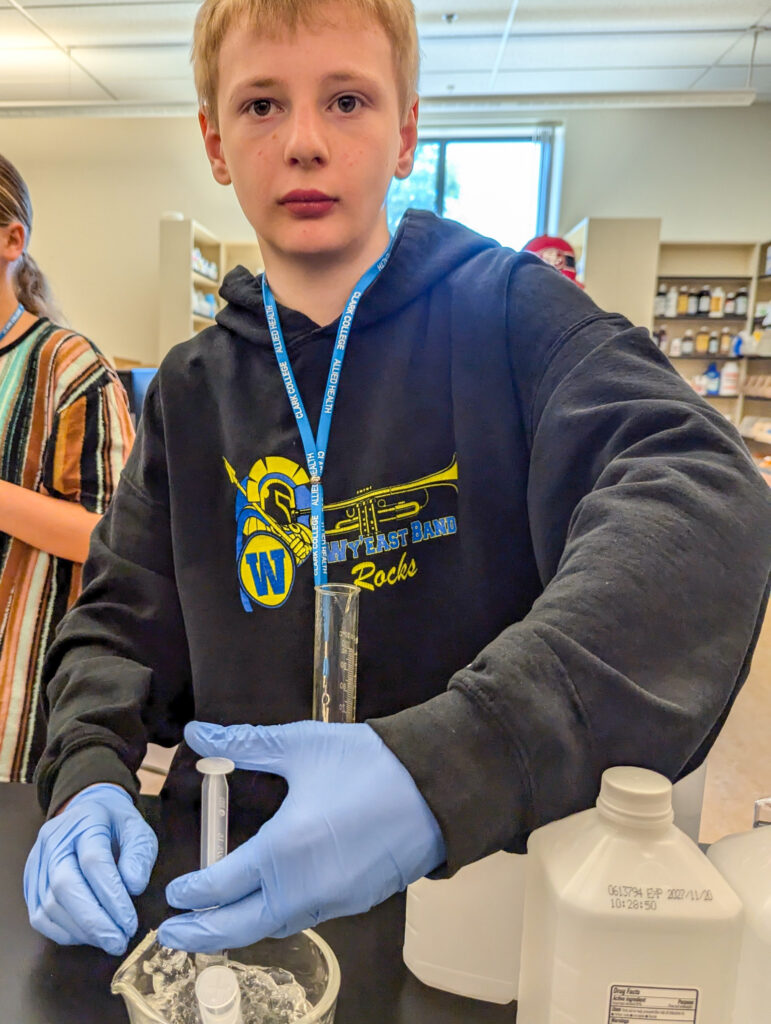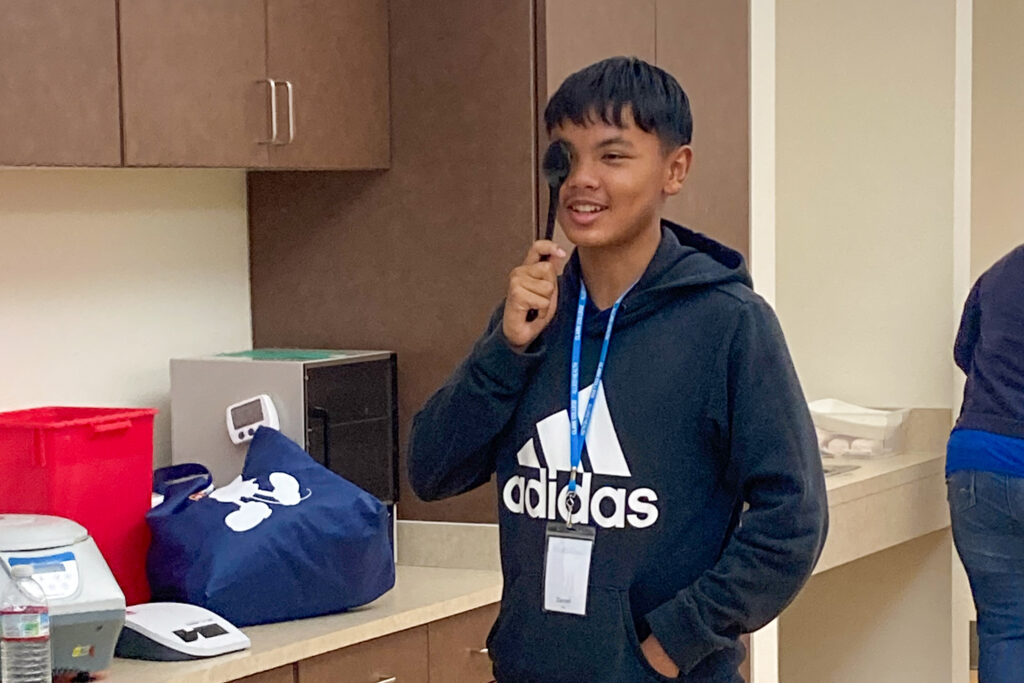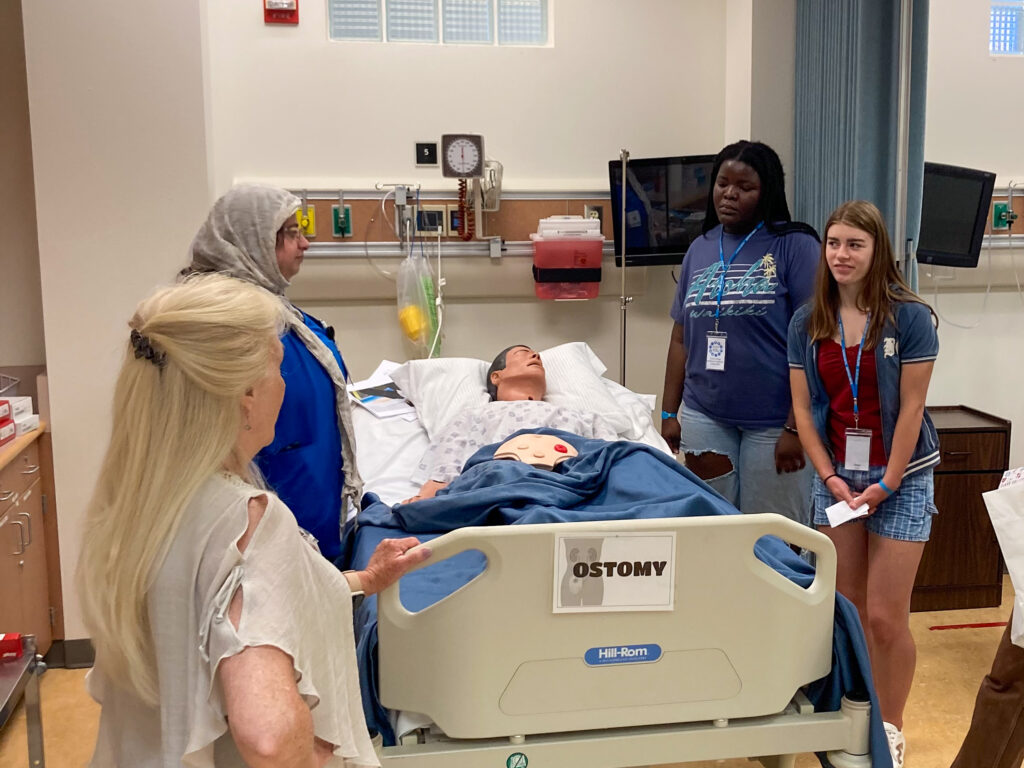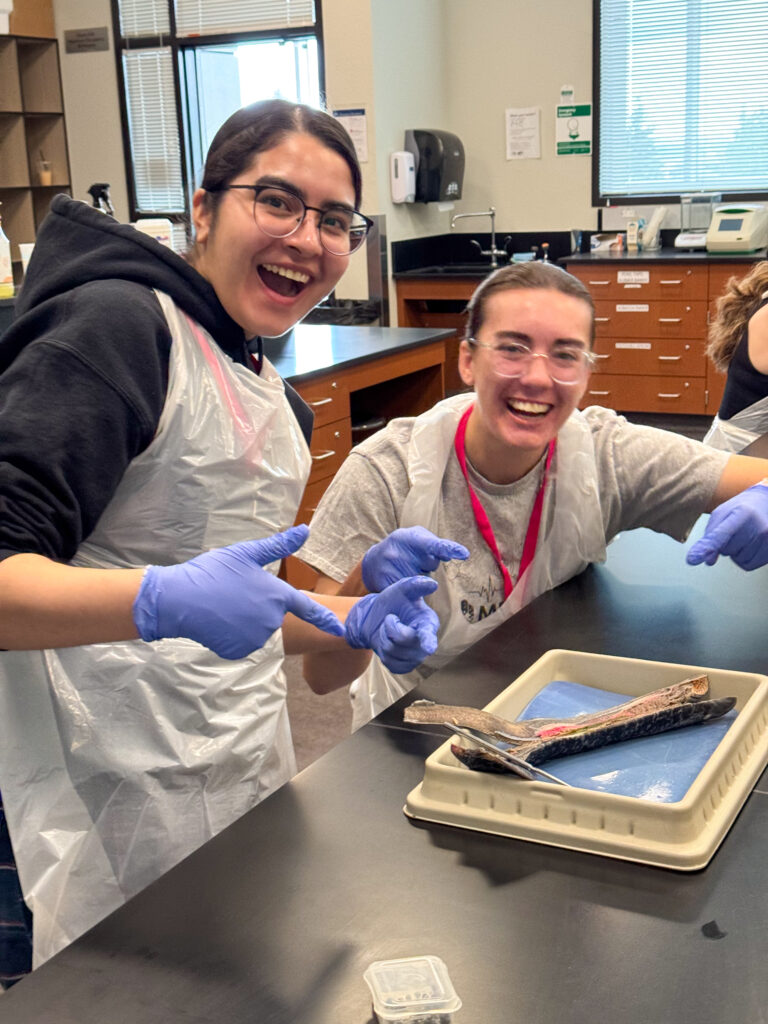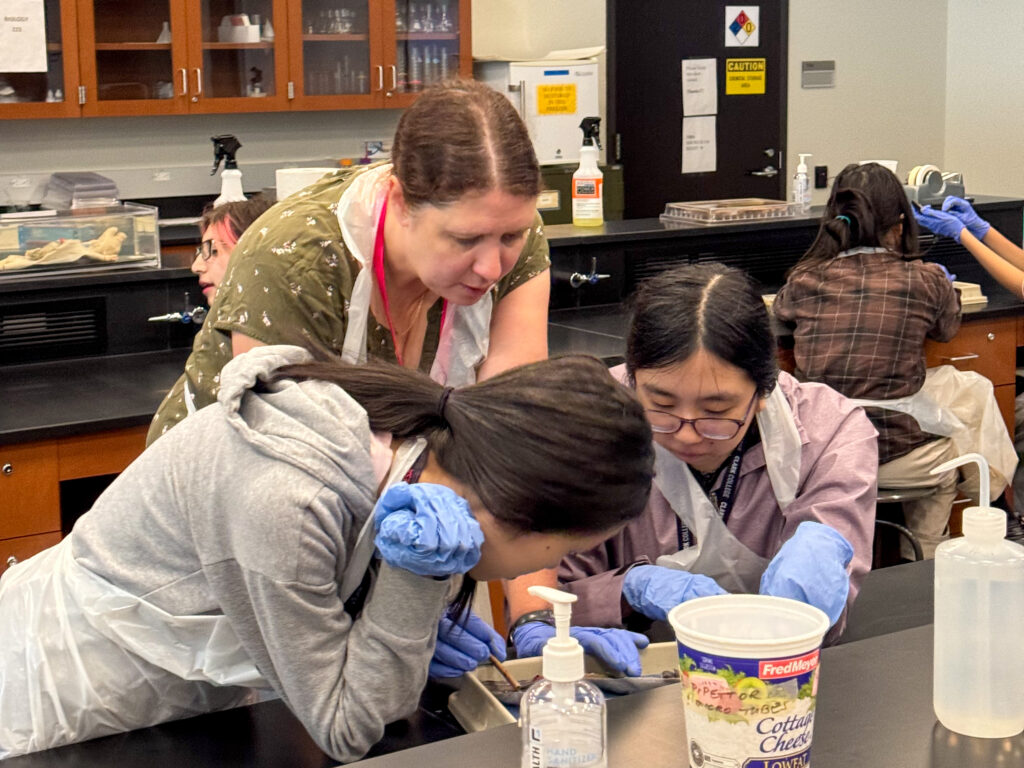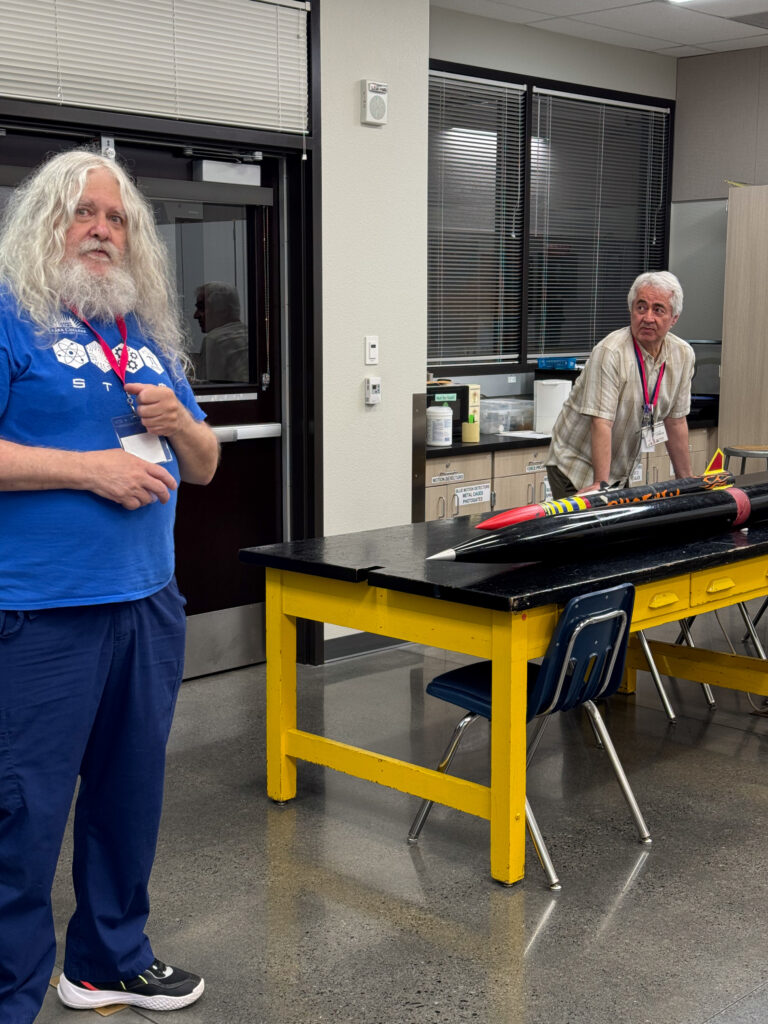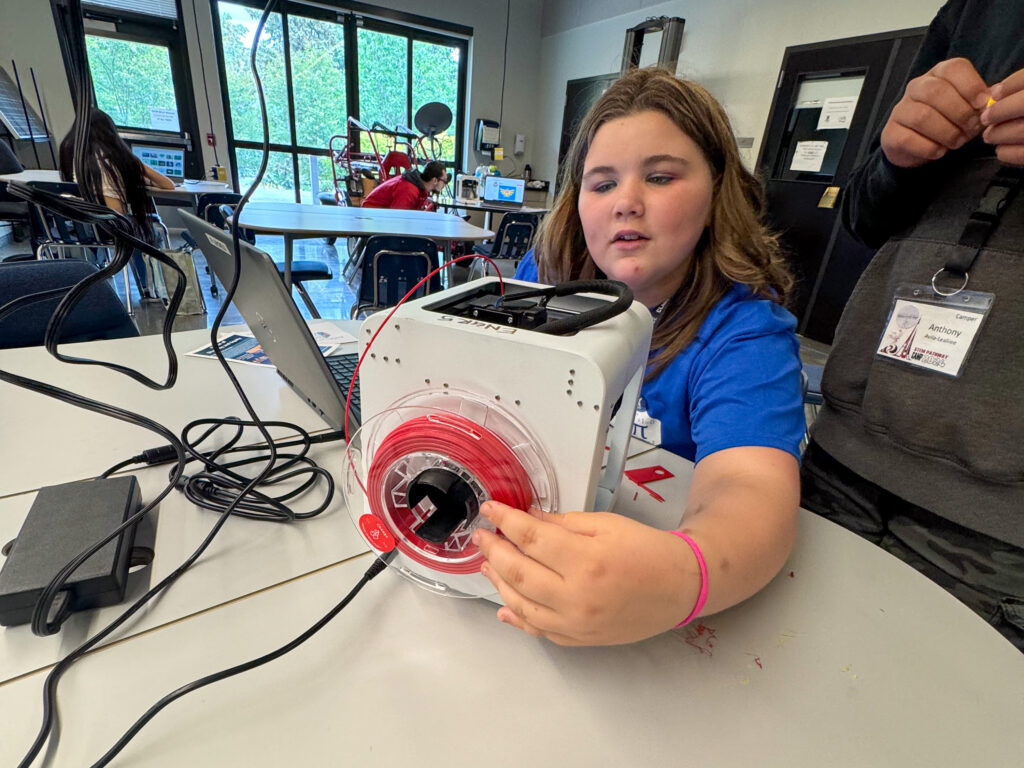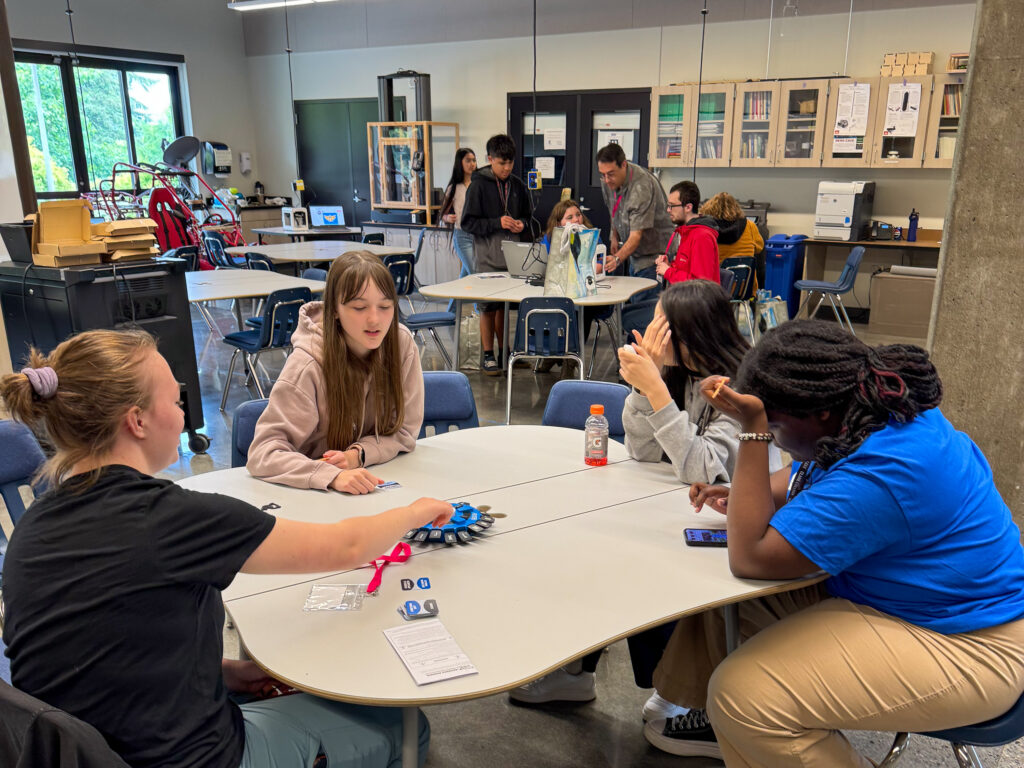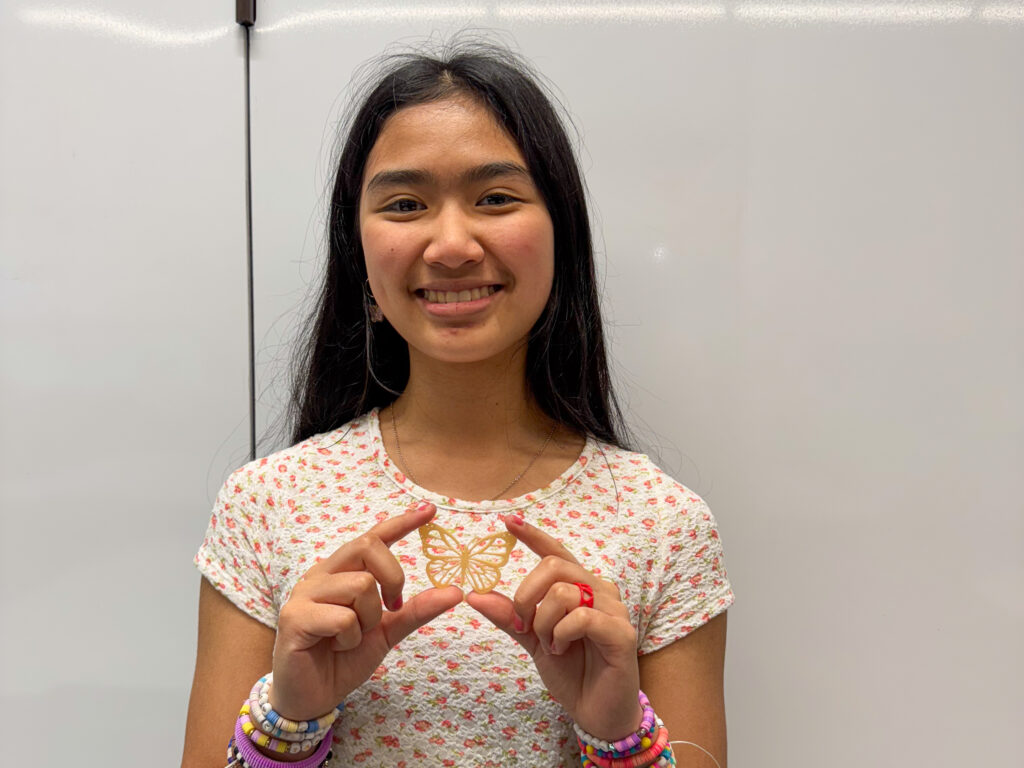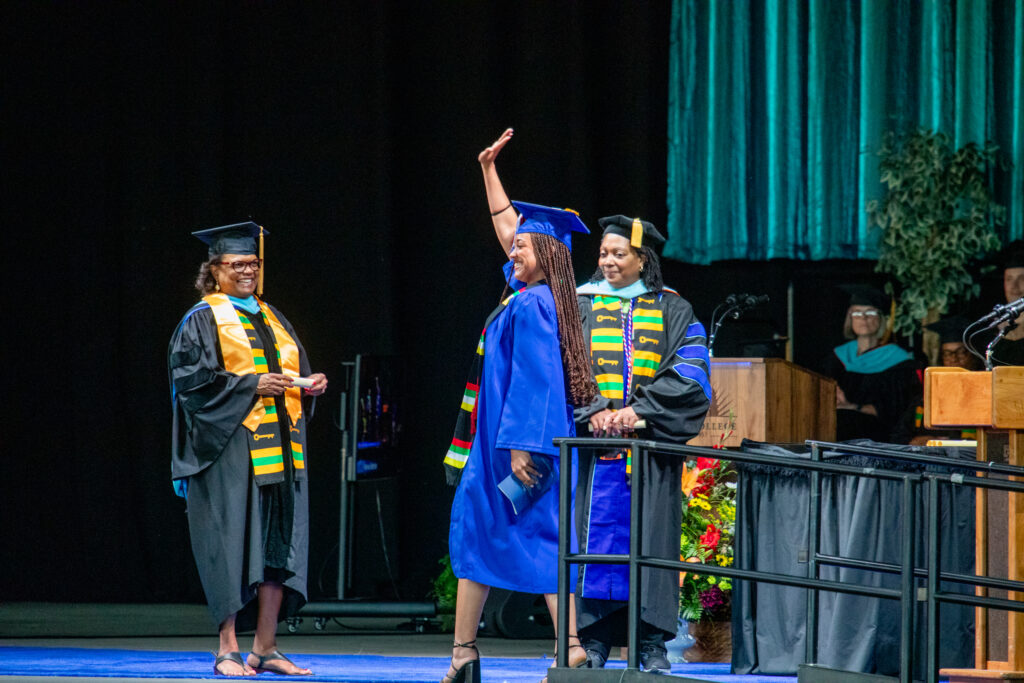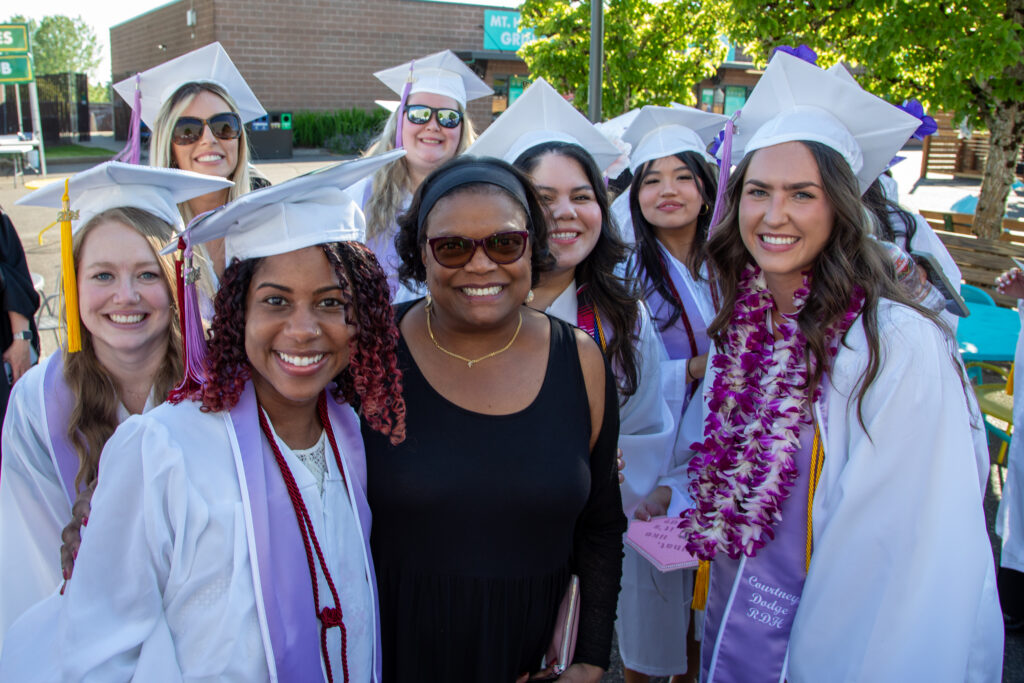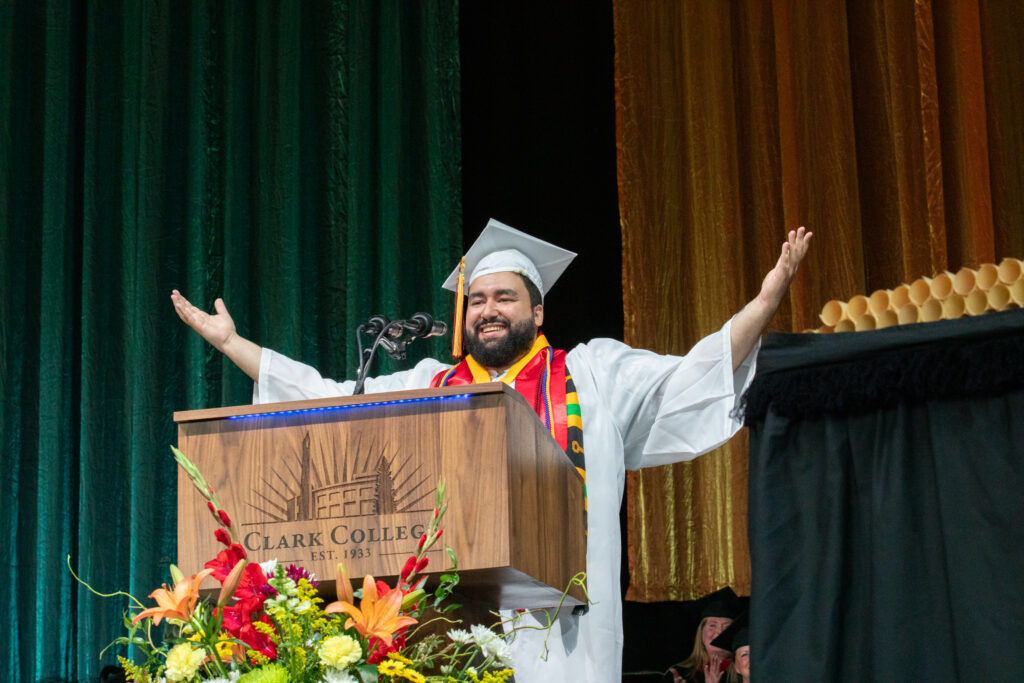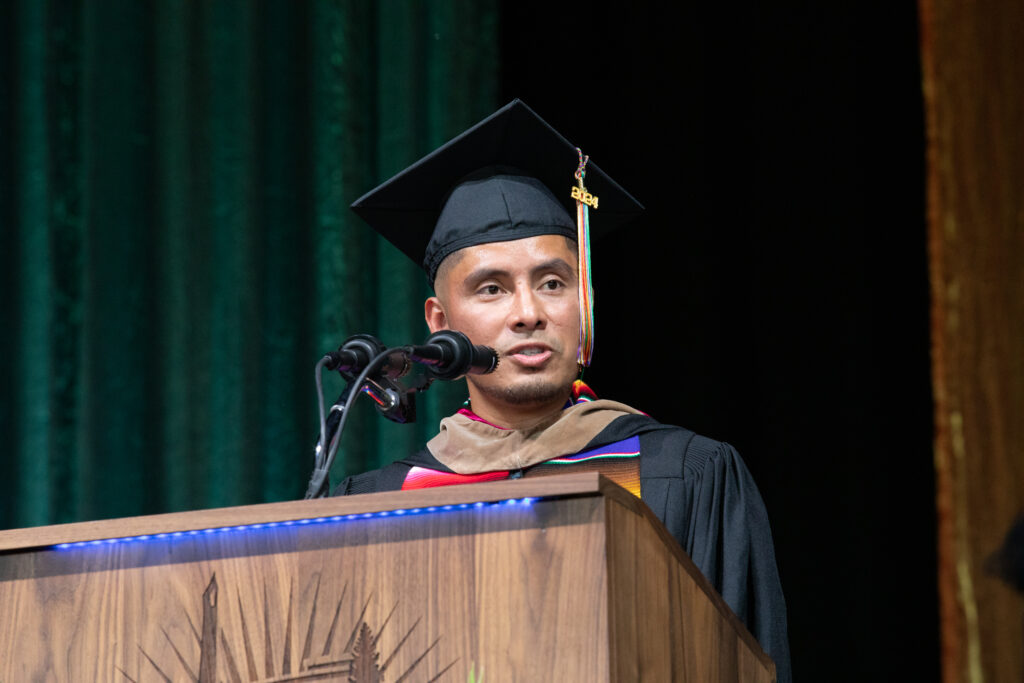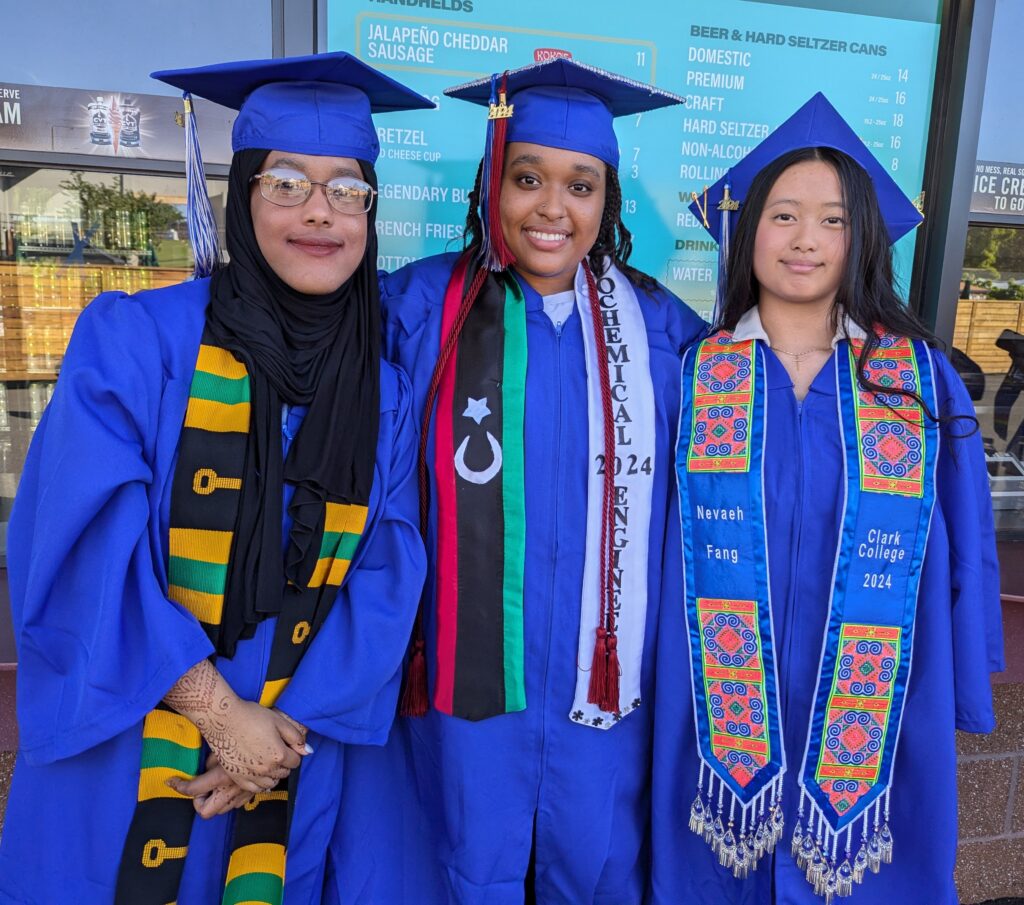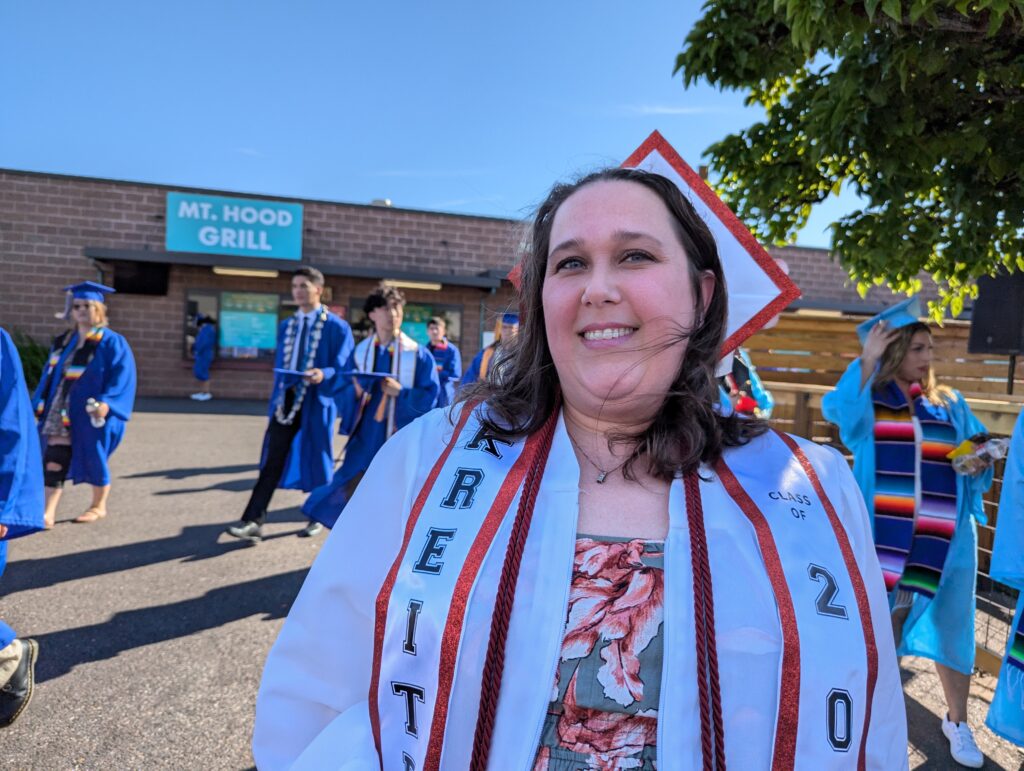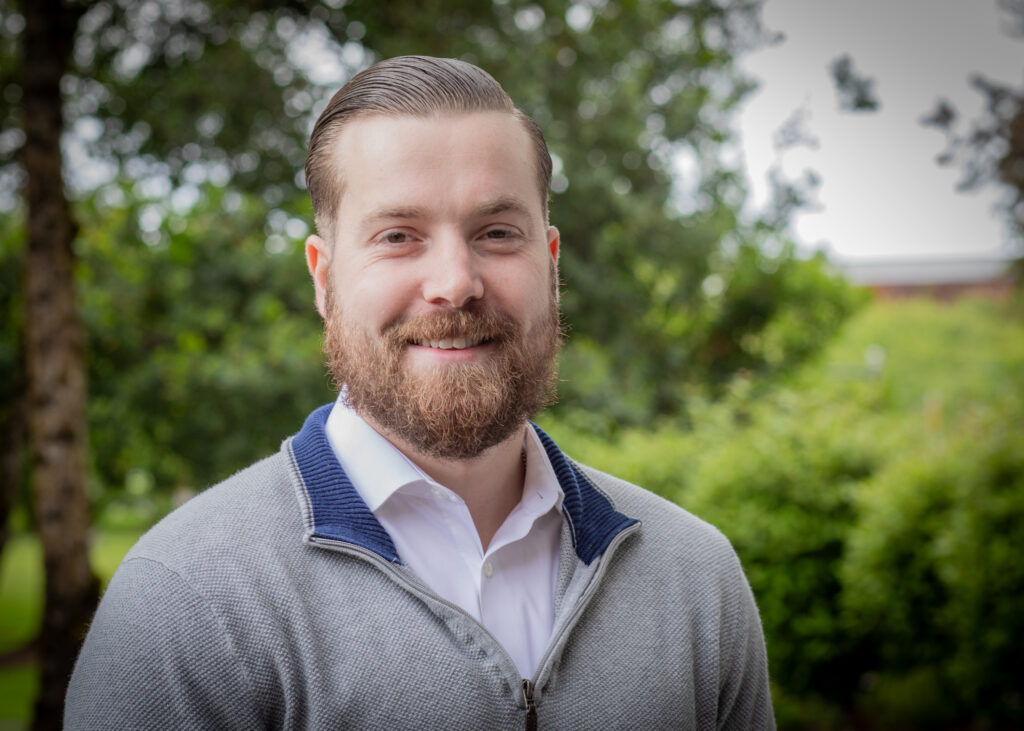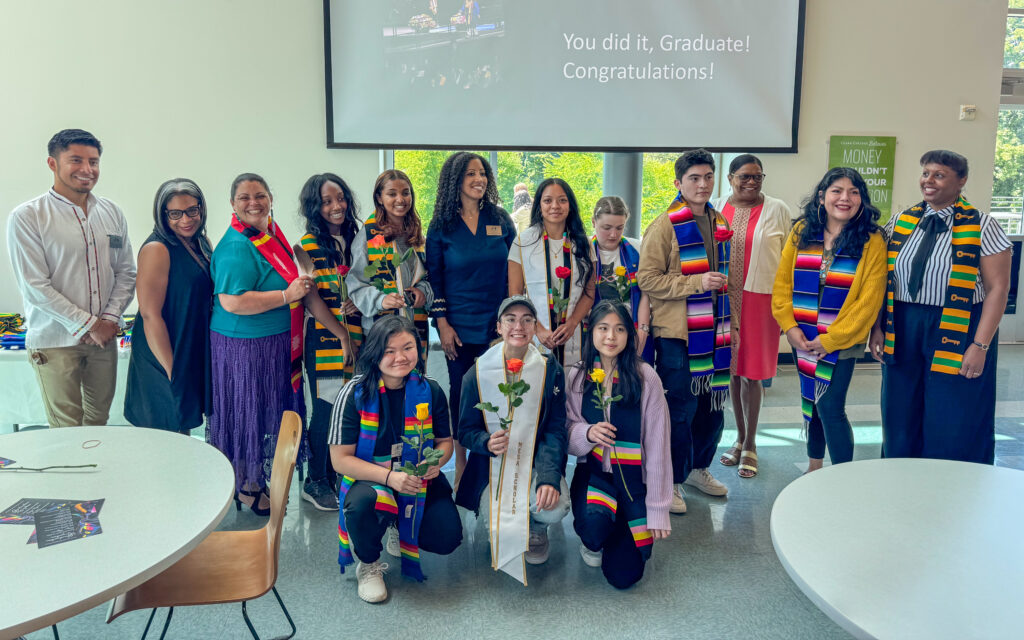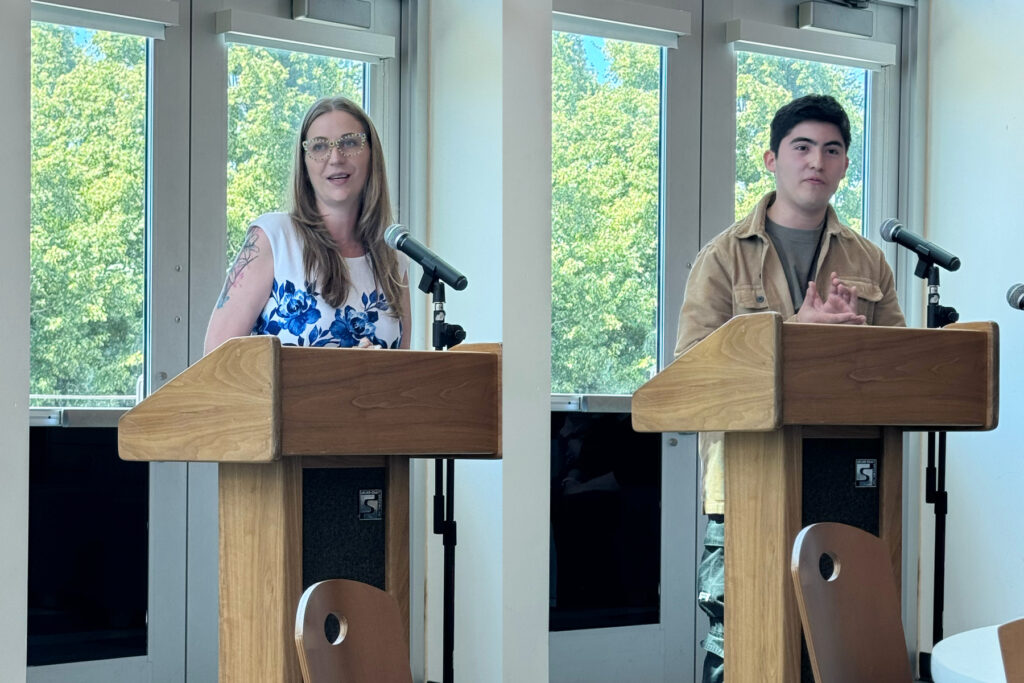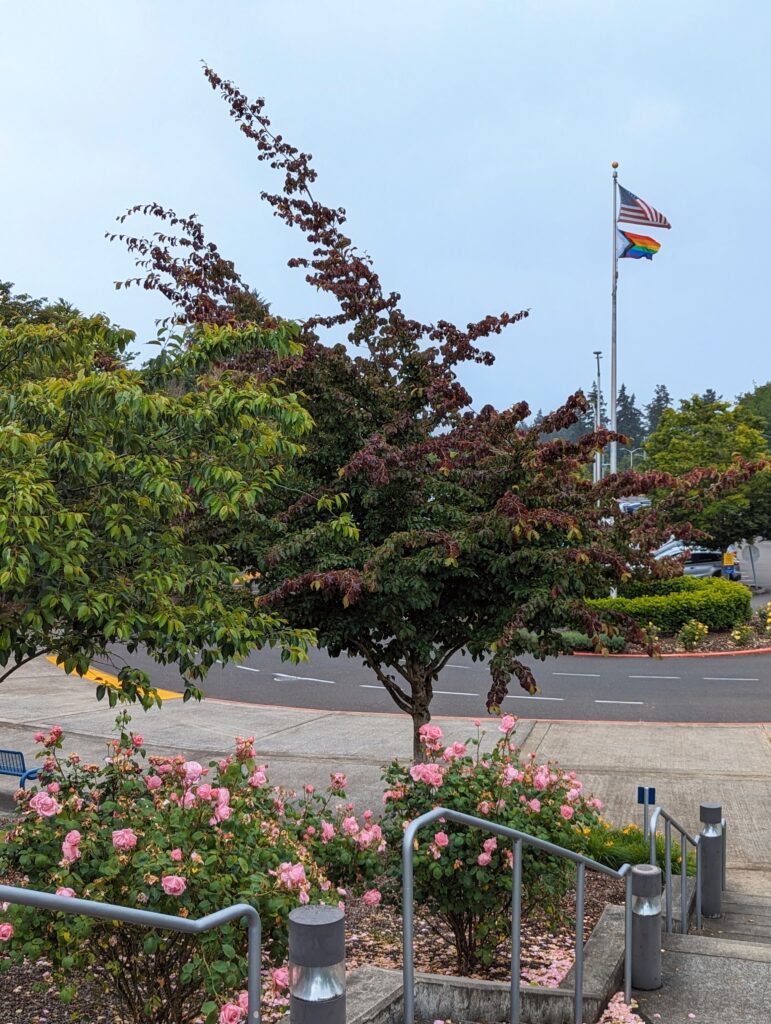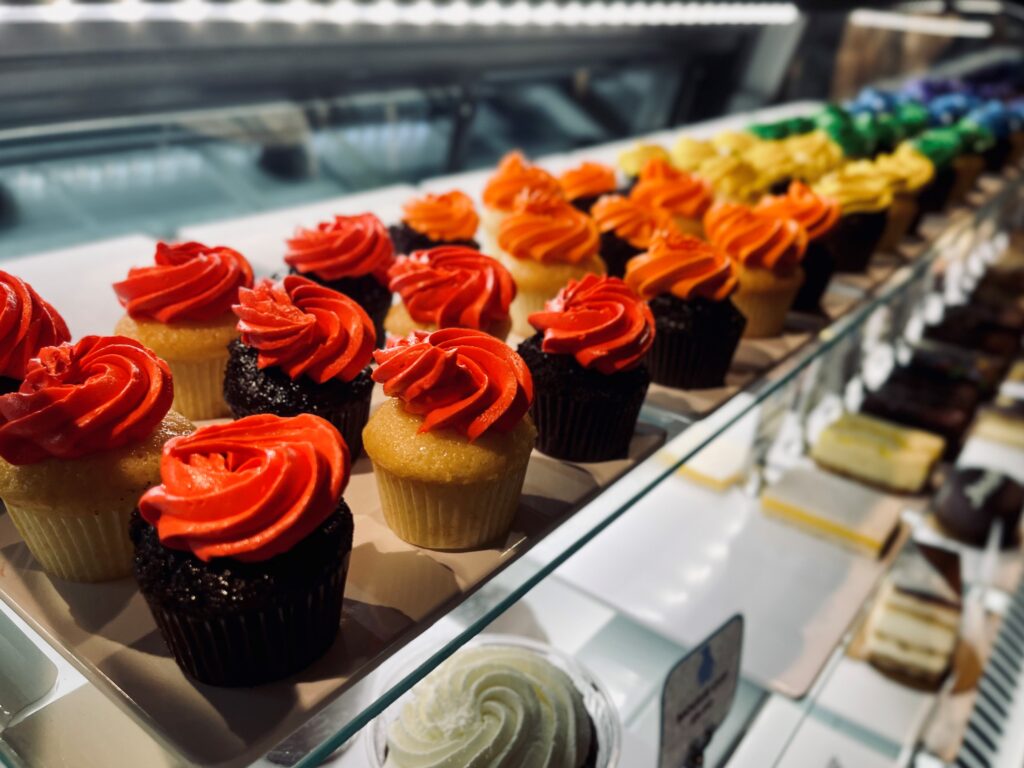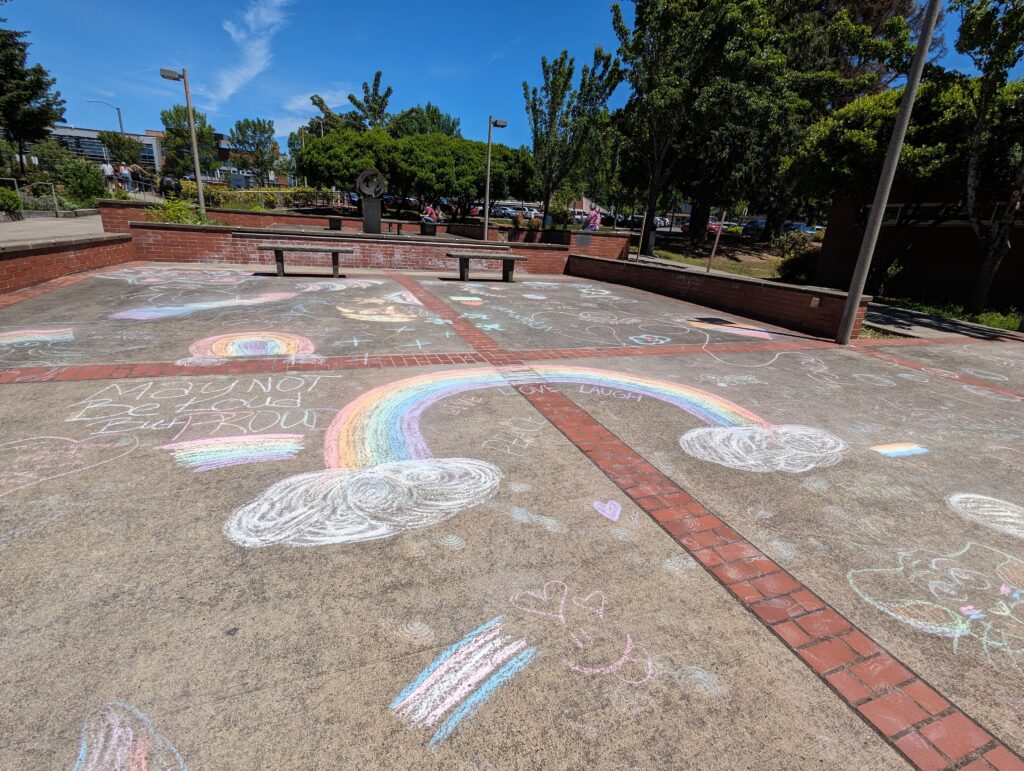Columbia Writers Series
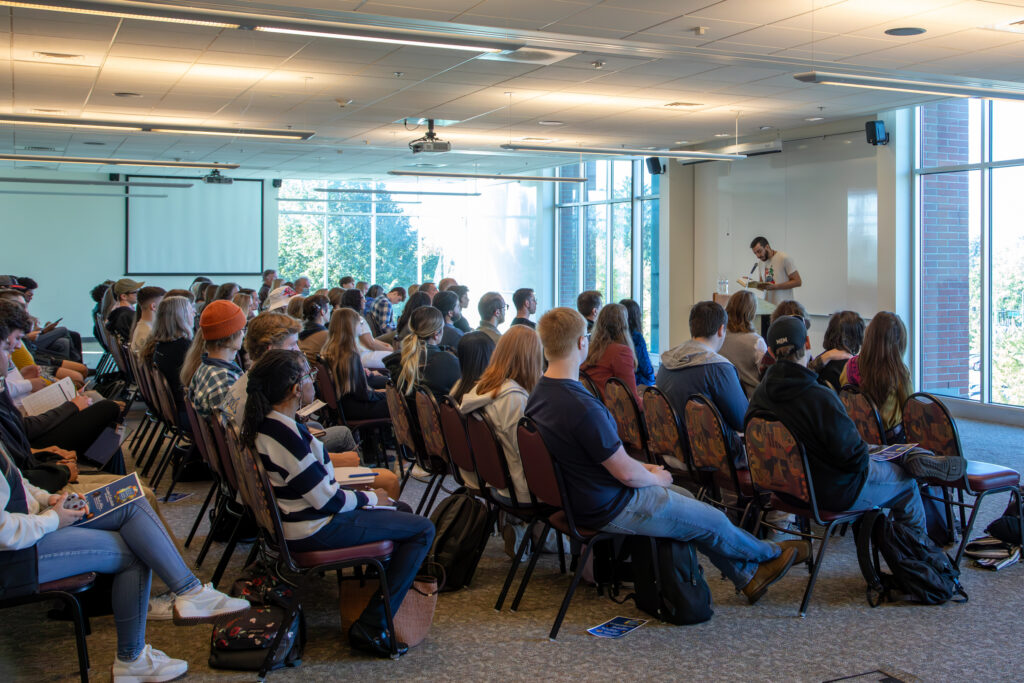
Clark College hosted award-winning author Kaveh Akbar on October 3 to a near-capacity audience of about 100 people. With nearly every seat full (and some attendees standing), Akbar read from his novel Martyr! and answered questions posed by the audience.
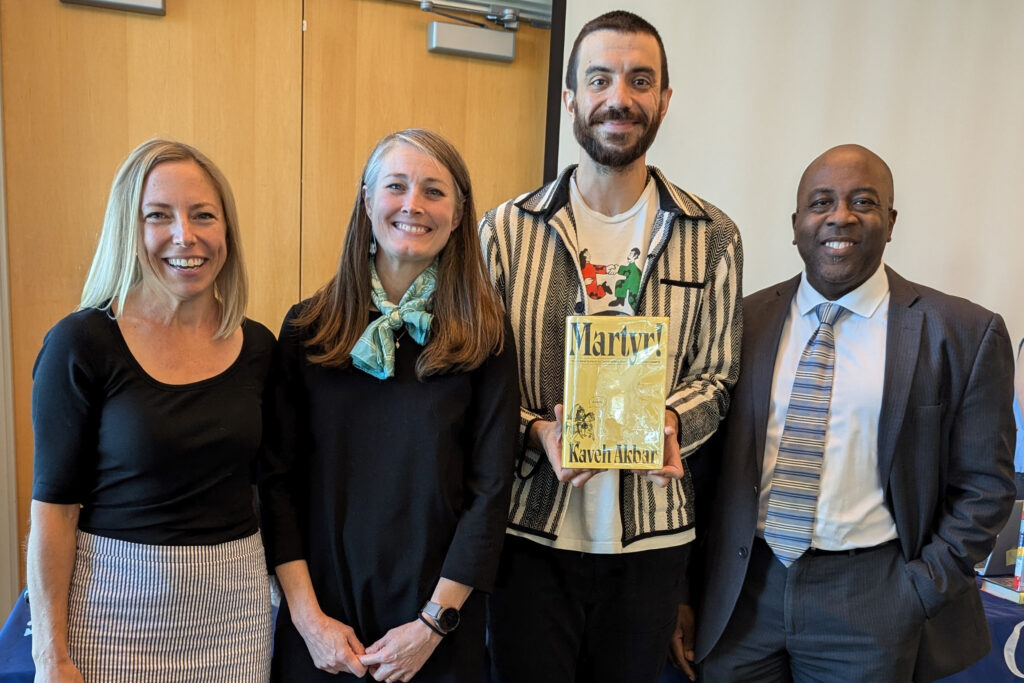
The first Columbia Writers Series event of the academic year attracted multiple creative writing classes, the Addiction Counseling Education Students Club (ACES), Clark’s Vice President of Instruction Dr. Terry Brown, and Clark librarians with a pop-up check-out cart featuring works by Akbar as well as past CWS speakers.

Akbar spoke extensively about his writing process (he called himself an ‘ox’ writer who needs to write every single day) and what drove his writing of Martyr!. Historically a poet, he found himself writing a novel. He said, “I tried to tell the story in lyric poetry. But I’m not a good enough poet to do that. I recognized I needed to learn a new skill.” He started with the idea of Orkideh — a performance artist at the center of the book — and the other characters evolved from their narrative need to exist along with Orkideh.
In Martyr!, Cyrus, who is a recovering alcoholic, becomes obsessed with having a meaningful death and decides to write a book about martyrs. When he sees that Orkideh, who has been diagnosed with a terminal illness, is living out the rest of her life in an art museum, he undertakes a journey to visit her. The book explores the tension and commiseration between their two perspectives on death, along with multi-layered ideas on family, love, grief, and so much more.
Akbar shared the relationship between writing and addiction recovery. He said that doing the work of recovery involves a kind of honest self-analysis that is also key to writing honest work. “If you’re really doing the recovery work… it means you’re taking a searching and fearless look at your own life. It means that you’re rigorously accounting in ways that are not ethically infantilized, that are not rhetorically hygienic… you have a leg up.”

While writing is his profession, he shared that recovery, and working in recovery groups to help others in recovery, is the central mission that drives him. “The work of my life, the actual what I do with my life, is working in my recovery community.”
Though the poet has become a novelist, Akbar still writes love poems for his spouse and knows he will continue writing poems for the rest of his life. He believes his poems don’t have to be published to be meaningful.
When asked about how he creates his characters, he replied, “I wanted my characters to feel like the people I know.”
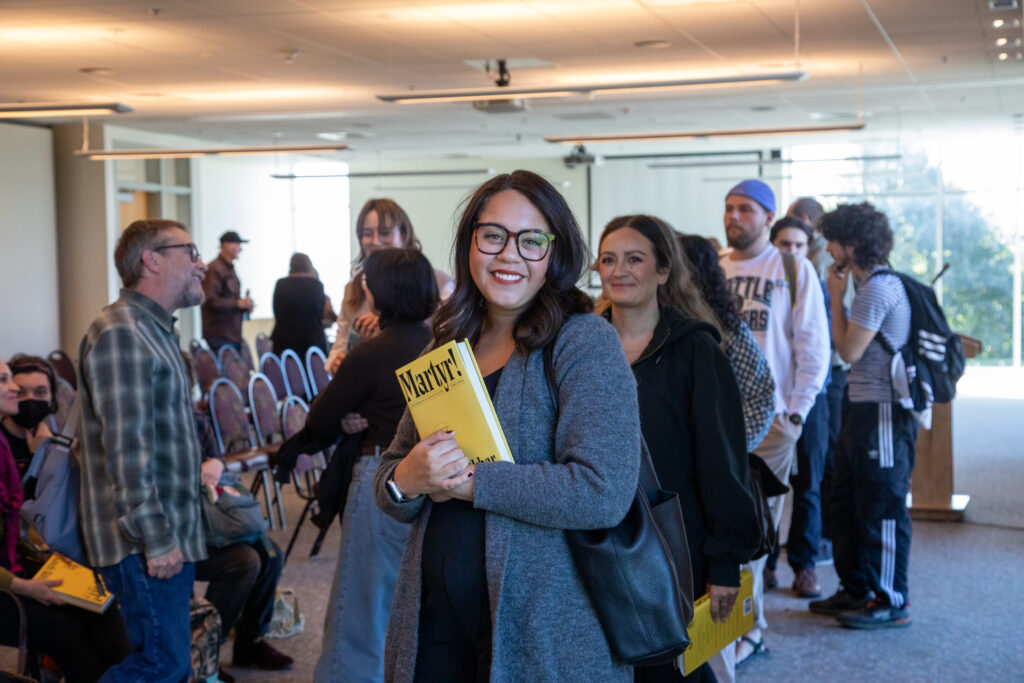
Kaveh Akbar is an acclaimed poet, novelist, and editor, whose works appear in The New Yorker, The New York Times, Paris Review, and Best American Poetry. He is the author of Calling a Wolf a Wolf and Pilgrim Bell, with Martyr!, his debut novel, recently becoming a New York Times bestseller and one of Barack Obama’s favorite books of the year. His writing delves into themes of empire, immigration, addiction, and the healing power of art.
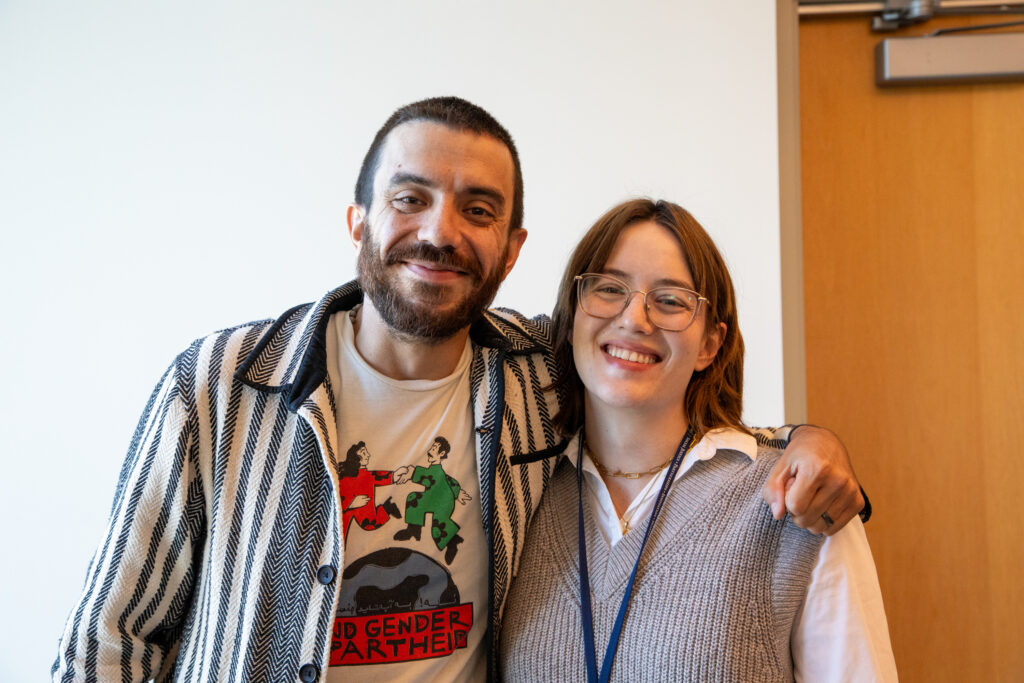
The Columbia Writers Series hosted Akbar along with the college’s Addiction Counseling (ACES) Club.
Next Up:
Winter Columbia Writers Series: Paisley Rekdal, January 30, 2025, at 1 p.m., GHL 213. Rekdal is the author of four books of nonfiction, and seven books of poetry, most recently, West: A Translation, which won the 2024 Kingsley Tufts Poetry Award and was longlisted for the National Book Award. Her work has received the Amy Lowell Poetry Traveling Fellowship, a Guggenheim Fellowship, an NEA Fellowship, and various state arts council awards. The former Utah poet laureate, she teaches at the University of Utah where she directs the American West Center.
Spring Columbia Writers Series: Chelsea Bieker, May 29 at 10 a.m., PUB 258A-C Bieker is the author of three books, most recently the nationally bestselling novel, Madwoman, a Book of the Month club pick the New York Times calls “brilliant in its depiction of the long shadows cast by domestic violence.” Her first novel, Godshot, was longlisted for The Center for Fiction’s First Novel Prize and named a Barnes & Noble Pick of the Month. Her story collection, Heartbroke won the California Book Award and was a New York Times “Best California Book of 2022.” Her writing has appeared in The Paris Review, Marie Claire UK, People, The Cut, Wall Street Journal, and others. She is the recipient of a Rona Jaffe Writers’ Award, as well as residencies from MacDowell and Tin House. Raised in Hawai’i and California, she lives in Portland, Oregon with her husband and two children.
Photos: Clark College/Jenny Shadley
View more photos from the event on Flickr: https://flic.kr/s/aHBqjBLiuf
